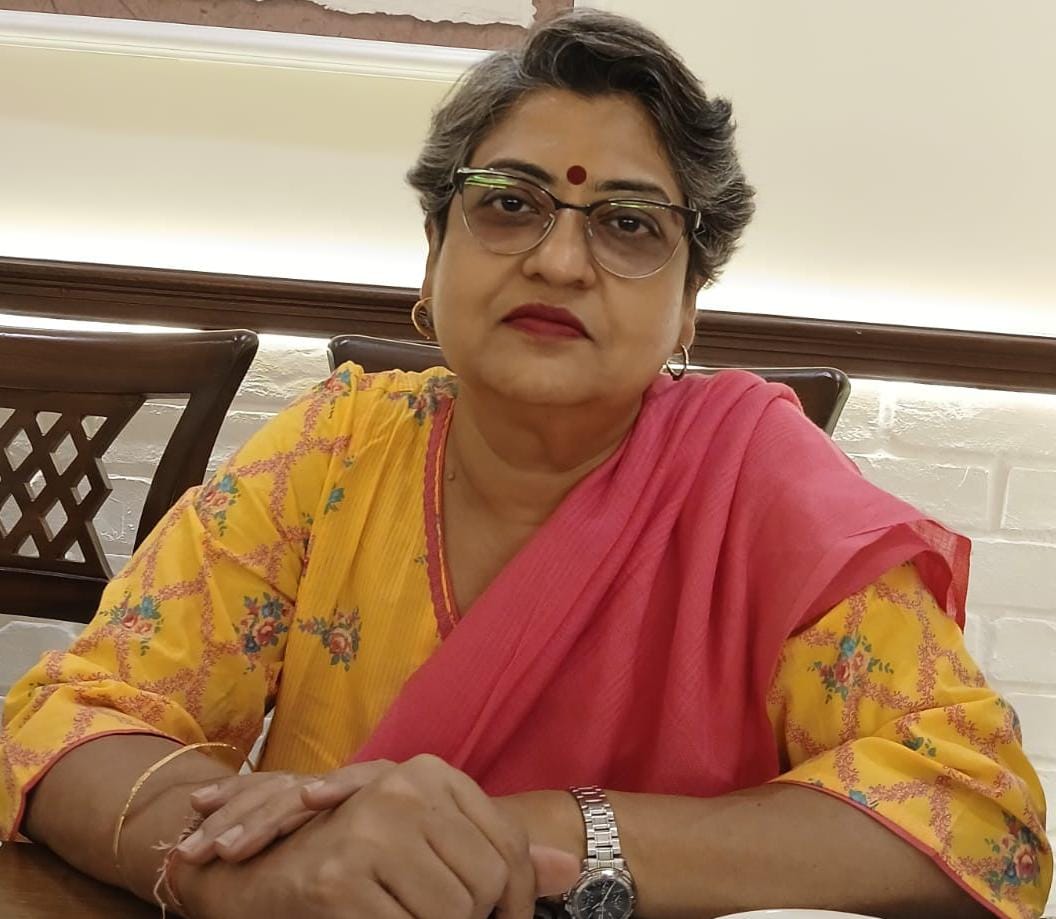Humans of Dakshini Prayash
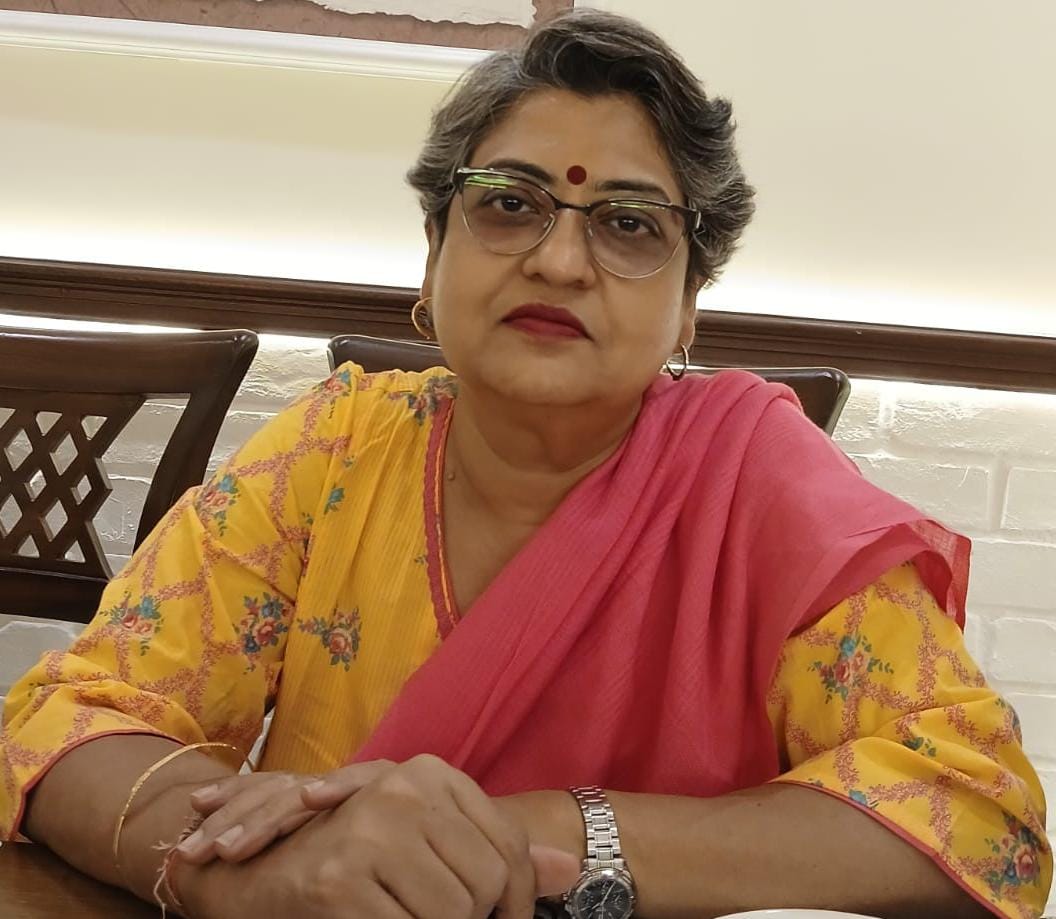
Dakshini Prayash

For Swati Mukherjee, an English teacher at Dakshini Prayash, joining the school represented “the light at the end of the tunnel” at a particularly difficult time in her life. After losing her father and being bedridden for a year, she lost a lot of opportunities and was at a very low point in her life. However, she encountered a member of management at Dakshini Prayash who would often talk about the school with her. She asked him if she could go to the school, allowing her to join the family in 2011.
Dakshini Prayash helped her experience all of those ambitions that she had. An avid writer, Swati was given the opportunity to write scripts for cultural events and could teach students at the school English. Even though Dakshini Prayash doesn’t have Class 9 or 10, the tight-knit nature of the community meant that the learning and relationships continued for her. Swati referred to the students as her children, and she is unable to simply “leave her children in the middle”, continuing to teach them even after students have passed out of Class 8.
Swati is unmarried, so her involvement is fully with the school. Dakshini Prayash is her home, and has given her “shelter that helped emerge from a stagnant phase of life” that she was previously living. In fact, Swati’s love for the school is evident through her desire to work long hours when possible. Although she’s been there for a startling 11 years, she has no plans of leaving, and hopes to continue to contribute to the journey of sustainable growth that Dakshini Prayash has been increasingly successful with.
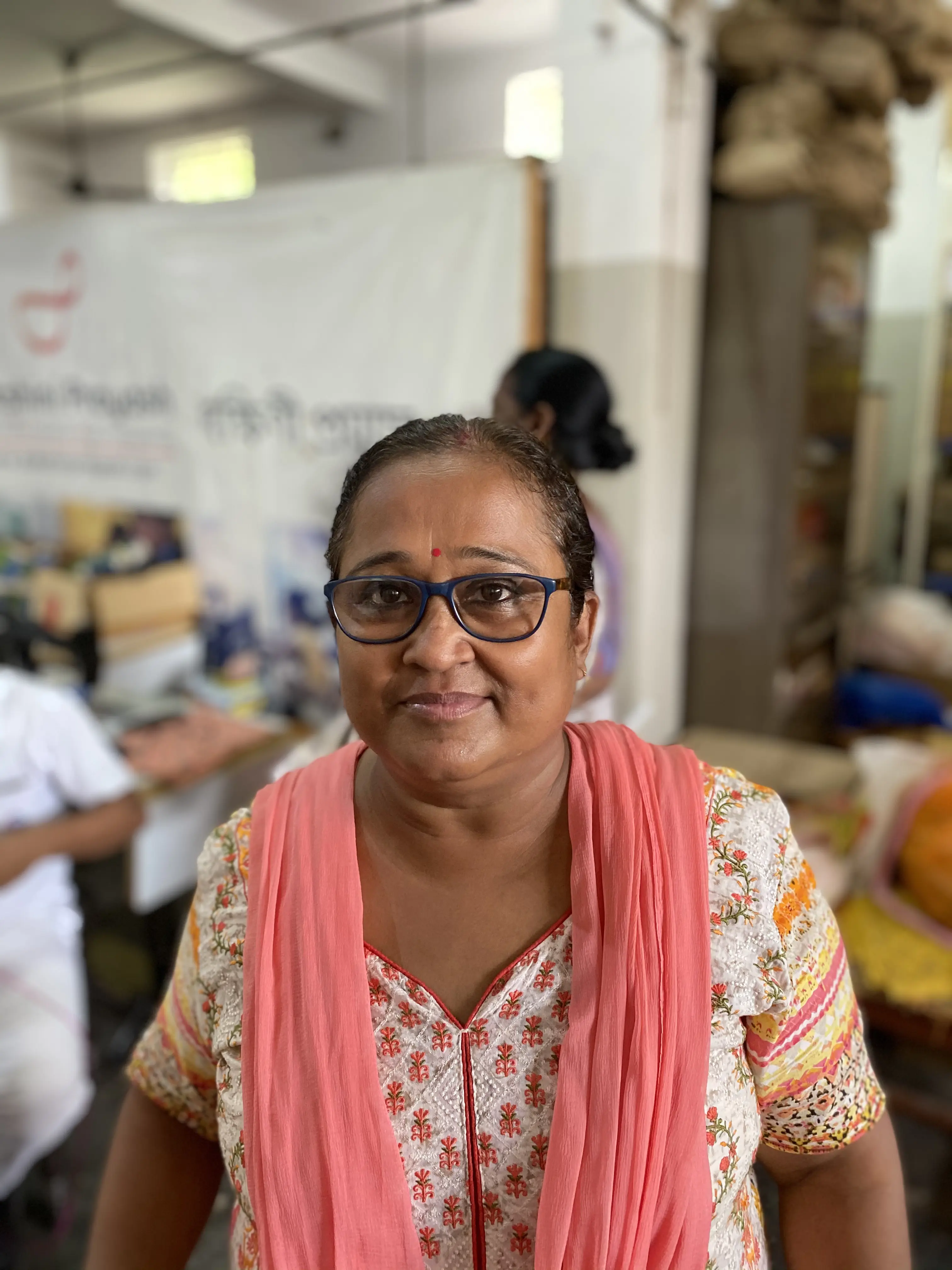
Dakshini Prayash

Not many people could say that they’ve been a part of the Dakshini Prayash family for 26 years, but Moushmi Kar could! She is a teacher of the Environmental Sciences and Biology and joined the school in 1996. What has kept her here are her “beloved children" - the students she has taught throughout her career, as well as how she looks up to Ms. and Mr. Prakash as her mentors and guides.
Her involvement in the school is more than just teaching Biology, however, as she is also responsible for helping students gain admission at other schools for 9th and 10th grade, and is the health coordinator here at Dakshini Prayash. She loves taking care of them mentally and physically and views the school as a “temple” to which she is completely dedicated.
Although the COVID-19 pandemic resulted in great challenges globally with the education system, Moushmi described it to be the opposite at Dakshini Prayash. She shared that she and the other teachers worked tirelessly to provide online classes and exams, pooja days and mental health services. But this was anything but challenging for Moushmi, who said she loves taking care of the students until they’re grown up. In fact, Moushmi wants to work here “until [her] last breath”, and the 26 brilliant years she’s spent with the organisation are indicative of nothing less.
Dakshini Prayash

16-year-old Srishti Mondal joined Dakshini Prayash when she was 4 years old, but even after 12 years, she remains as connected to the school as before. Although MSV does not teach Class 10 students like her, she continues to receive support in her academic journey. MSV helped her by providing scholarships, dancing, singing, sports and much more.
To her, the school represents her movement to a better future through the great teachers that made her childhood memorable. Srishti wants to become a doctor when she’s older, and she is confident that the teachers, who are like her “second mothers”, will be able to help her with this pursuit.
Srishti made the most out of her time at Dakshini Prayash through the arts extracurricular activities the school had to offer. An individual of many talents, Srishti can sing, dance and act at the cultural events organised by the school. Even after leaving Dakshini Prayash after passing out of class 8, all of the tutoring fees, sponsorships, academics and health checkups are still covered by the school, and to her, it means the world.
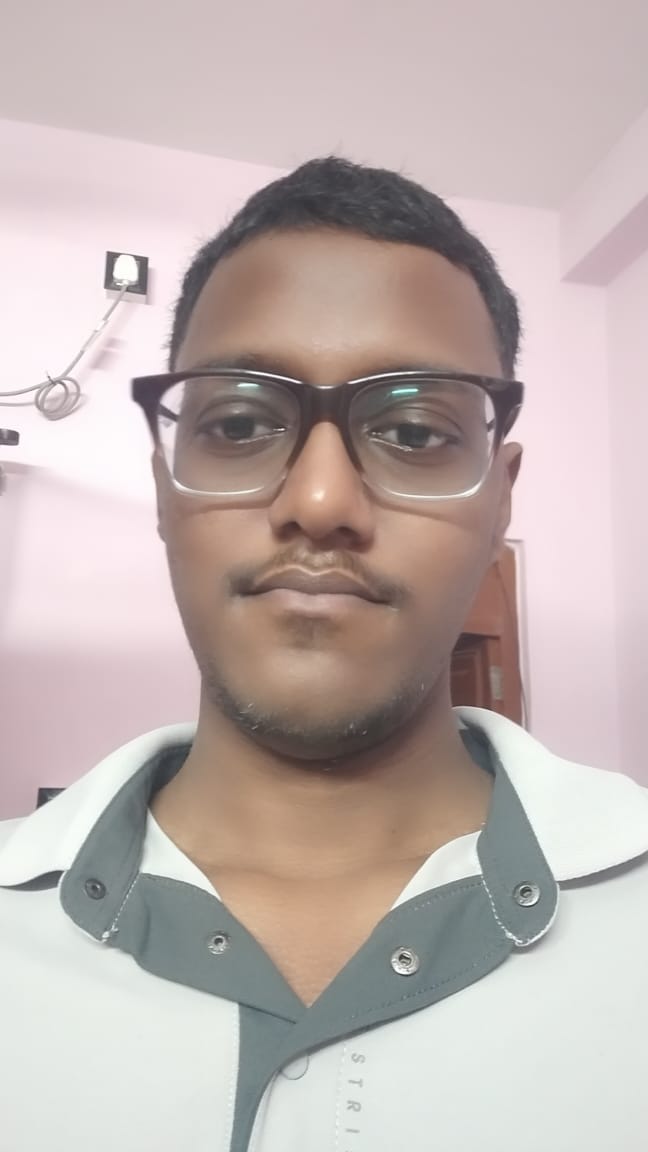
Dakshini Prayash

Sushant Sagar, a former student of Dakshini Prayash, has been at school since he was 5 years old. After completing Class 8, the school helped him gain admission at a wonderful institution in Kolkata, and he is very grateful for their kindness. Currently 18 years of age, Sushant aspires to be a doctor as they have the power to heal and transform lives.
For Sushant, the teachers and staff of Dakshini Prayash are his “guardians” to whom he is working extremely hard to “fulfill his duty”. At present, he is preparing for the National Eligibility cum Entrance Test (NEET) which, if he were to score well in, would grant him access to several amazing universities for medicine. He has been keeping in contact with the Dakshini Prayash family to receive tuition and adequate preparation for the test.
In addition, he fondly recalls his time at Dakshini Prayash, where he met his family and people. The most memorable moment he has of the school took place just after he finished Class 8 and was a leaving student. He was really sad to leave his teachers, mentioning that the moment was so emotional that he even cried. Despite this, the Dakshini Prayash family has continued to support him and he is able to still keep in touch frequently with his former teachers and staff, who are mentors to him.
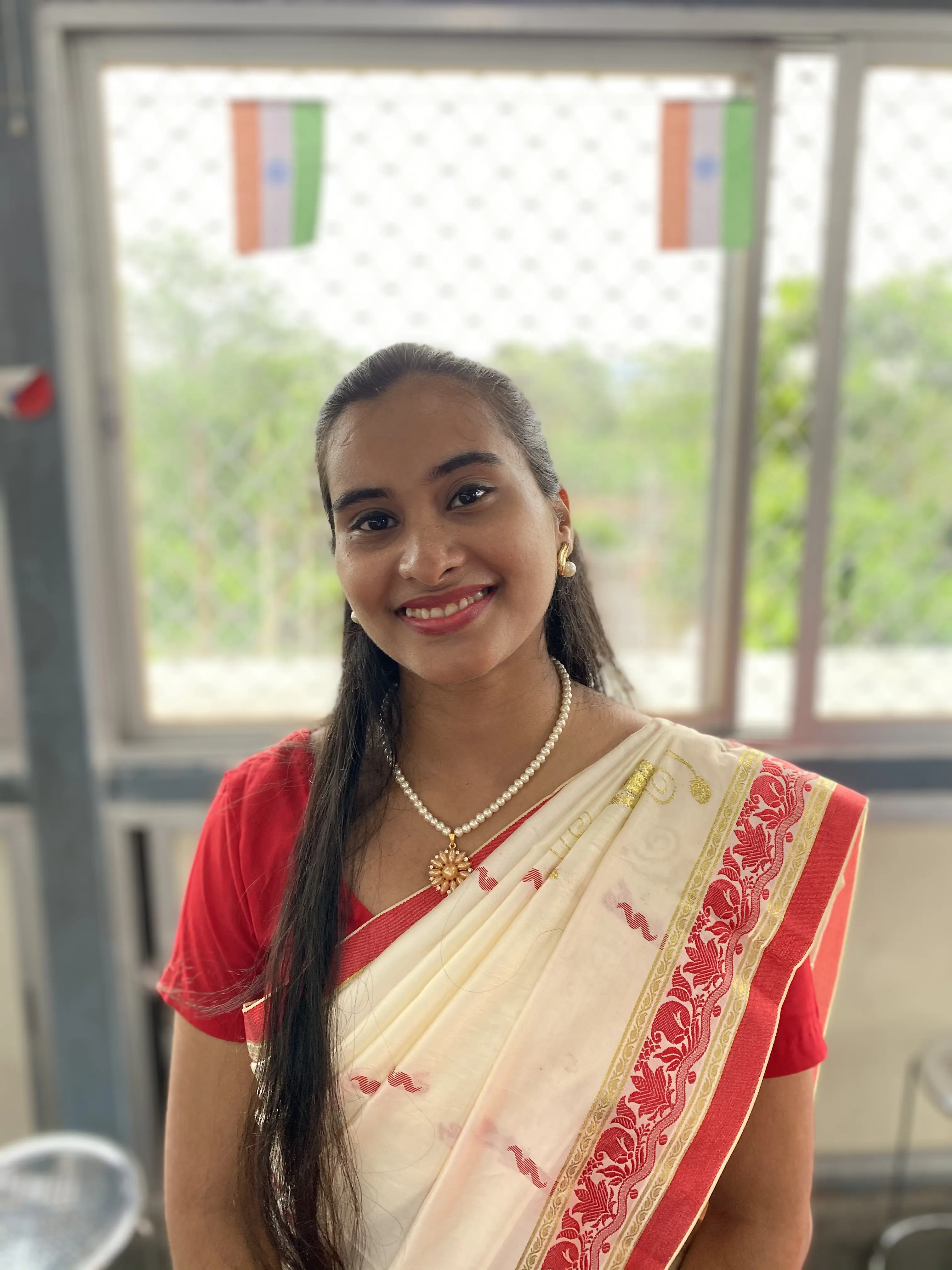
Dakshini Prayash

Imon Mondal is a member of Teach For India, a non-profit organisation which strives to improve Indian education through fellowship programmes around the country. She is one of the representatives that, since July, have joined the school. Their mission is to “shift the medium to English” as while the kids are able to understand it, they are not very “accustomed” to speaking the language.
One of the activities Imon runs within Dakshini Prayash are learning circles designed to build connection between students and staff. This is because she is still new and “foreign” to them, so the purpose of the exercise is to break the ice and foster a more easy-going environment and “safe space”. However, Imon expressed that this is just one of many plans; she is aware, however, that she has to make sure this aligns with the school’s mission and way of doing things. As the collaboration between Dakshini Prayash and Teach For India is still new, many plans are in development, but the children will always be “their center”.
For Imon personally, her favourite thing about Dakshini Prayash is “how welcoming the teachers are”. She fondly recalls her first day, where she was really nervous because she was the first person to join from her organisation, but she found the teachers to be “so, so welcoming”. Even though she will be completely involved with Dakshini Prayash for another two years, she already dreads having to say goodbye to the “extremely supportive teachers” and the vibrant community she has quickly become a part of.
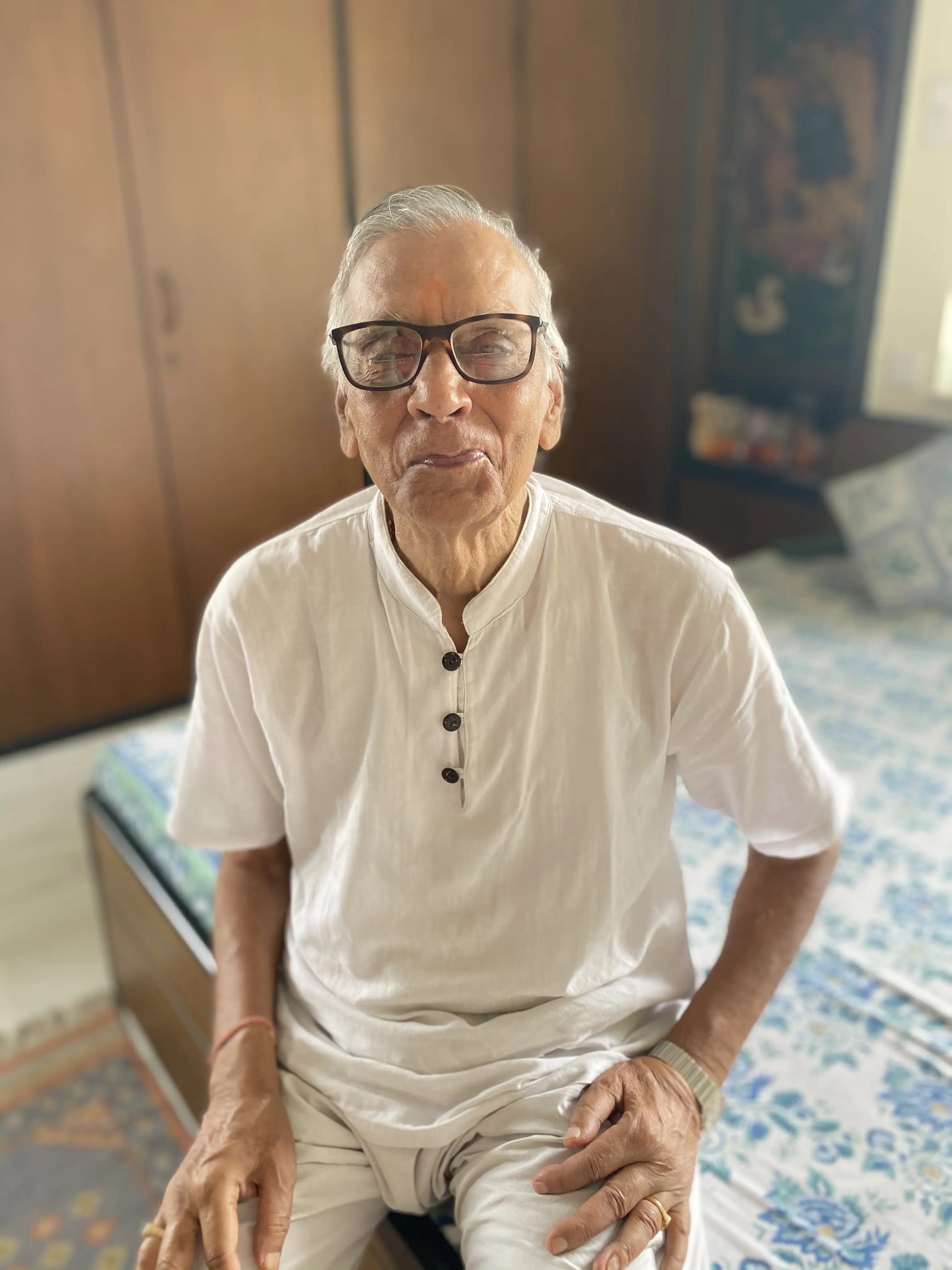
Dakshini Prayash

Many of the members of the thriving Dakshini Prayash community have been with the school for a long time, but not many can say that they’ve been with it for “over 20 years”! This is the case with Champalal Changoiwalla, who has been a significant donor since then. At 86 years of age, Champalal ji describes how physical contact is difficult for him, but he continues to support the school through his donations regularly.
He began donating to Dakshini Prayash initially because of familial connections, which allow him to easily connect with the school and send his contributions, but more than that, he is “a firm believer in education”, especially free education. He is extremely proud of how his donations help with the education of the school’s children, and plans to continue donating.
When asked if he would recommend becoming a donor to Dakshini Prayash, he remarked that the experience has been personally gratifying, though he insists, “it’s not about that”. He believes that the willingness to donate should come from within rather than be forced, and because of his firm belief in the cause, he thinks that it’s definitely a worthwhile experience.
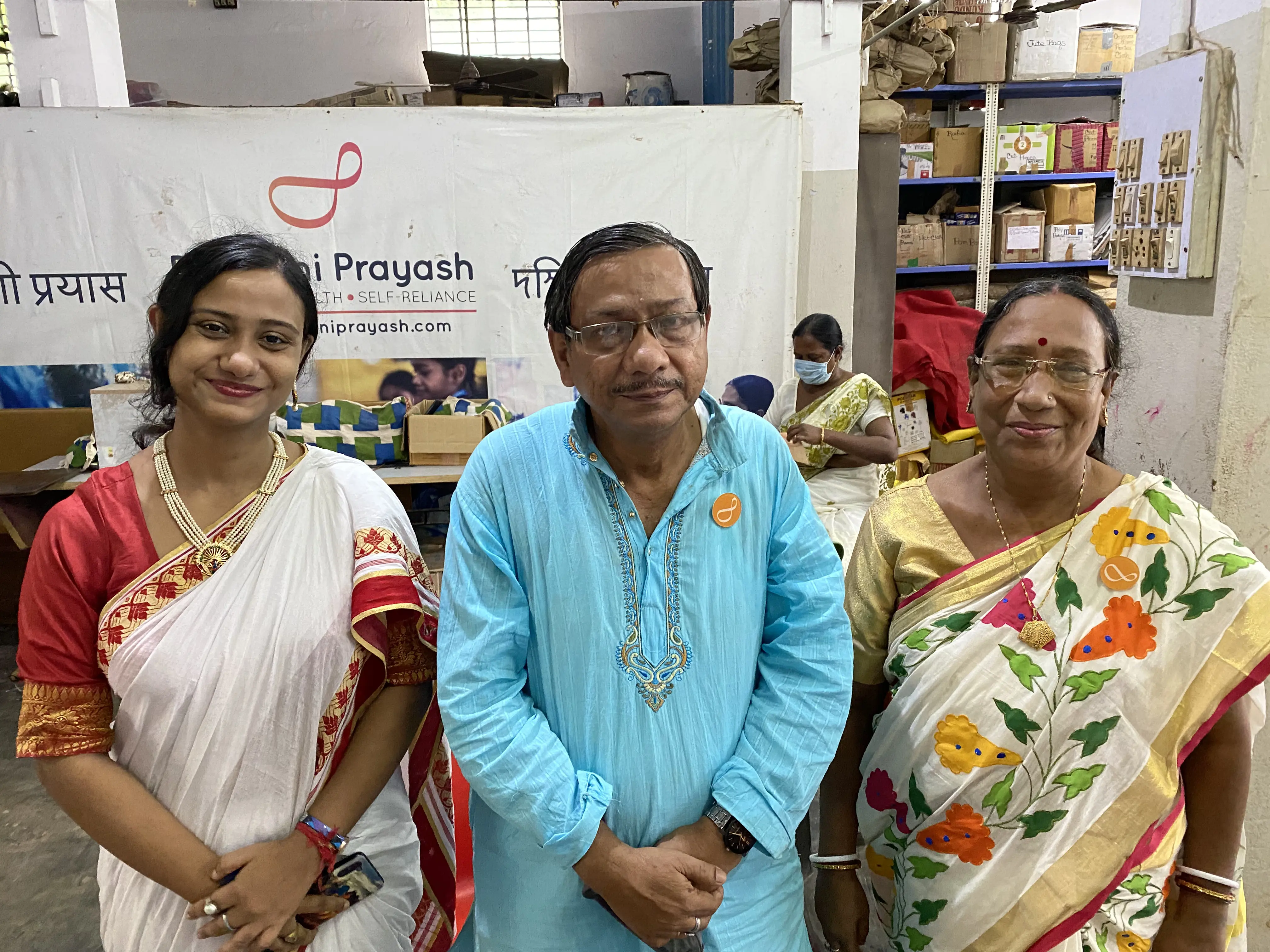
Dakshini Prayash

For the last 7 years, Amitabh Chakravarty has been a teacher of English at Dakshini Prayash. His belief in education has always been extremely high, and one of the things he really wants to help the kids with is their English grammar. To him, children struggle with the difference between written and spoken English. Spoken English being more colloquial, the formalities and grammar conventions that come with written English sometimes can become barriers to children’s success, since English is such an important language to learn in today’s world. He hopes to help make this lesson easier to ensure these children can maximise their opportunities later on.
Amitabh loves teaching at Dakshini Prayash because the staff is “exceptional” and within the kids, there is a distinct “lust for learning and success”. He believes that the community is incredibly vibrant and is excited to continue teaching here. In addition, Amitabh’s wife and daughter also both work at Dakshini Prayash, demonstrating his family’s commitment to the school and education as a whole.
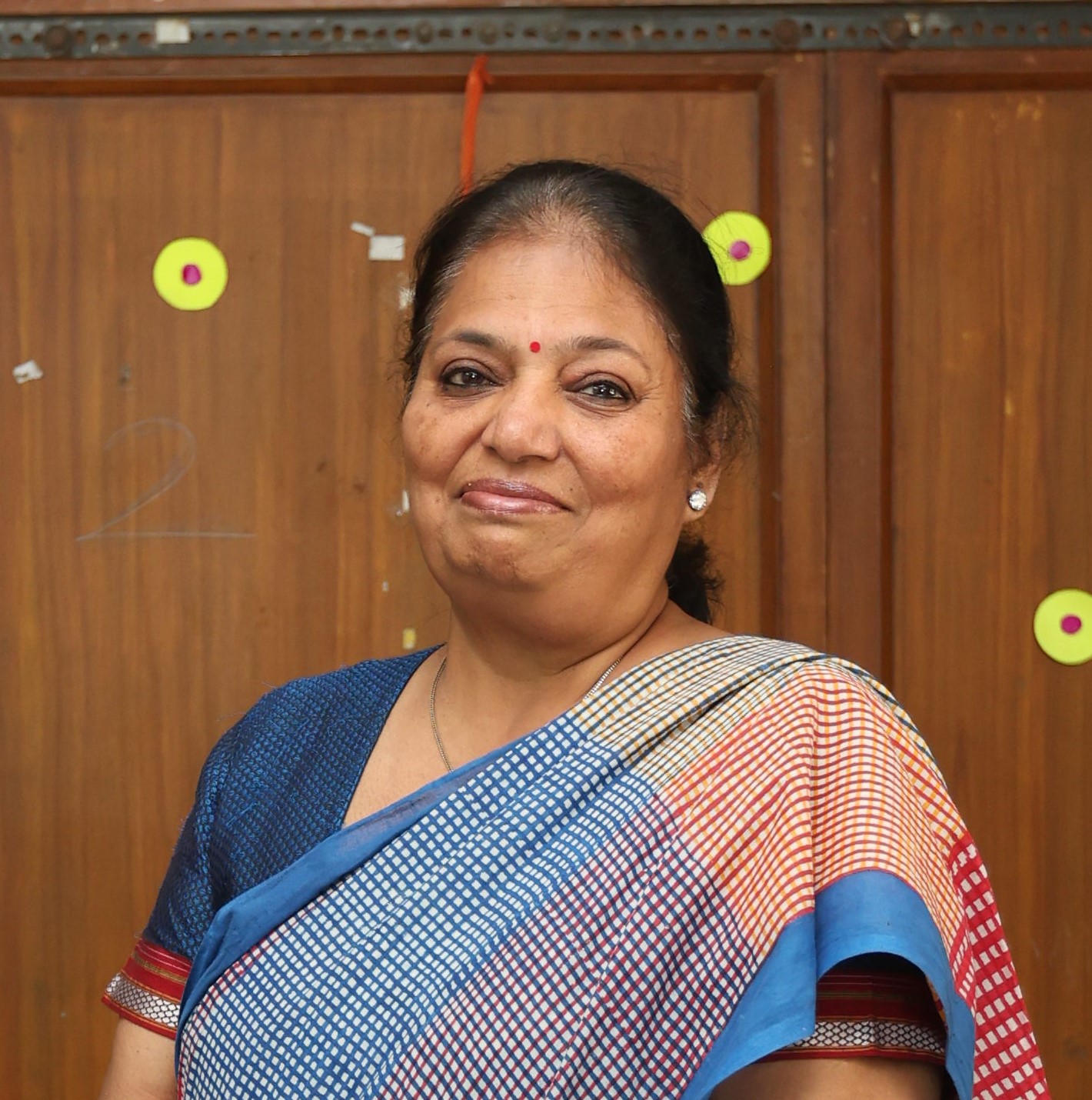
Dakshini Prayash

Anubhuti Prakash has been with Dakshini Prayash for 24 years and loves being there. From her childhood, she has been taught that she should share with less privileged individuals, and through Dakshini Prayash’s free education, she has stuck to that lesson. In the beginning, she used to go for just a couple of hours twice a week, but this gradually increased. “There’s no going back,” she adds. “Now, Dakshini Prayash is my life.”
Currently, she is the president of the school, but she used to be the Joint Secretary. Upon joining Dakshini Prayash, she was a Hindi teacher in the school section, and even today she is fondly called ‘Hindi Didi,’ even though she also has other responsibilities. Additionally, she taught English in the coaching section. Now, she still teaches Hindi, but has restricted it to Classes 6–8, given her responsibilities as President. In between she even took up the position as Principal. Her job as President means that she has to look after everything with the help of a dedicated team.
Her favourite memory of the school dates back to her first day, and when she reached, the children came running towards her and looking for a smile. Clearly, their enthusiasm was and still is infectious, as even though she had gotten there with a headache, it had gone and only returned when she left the school later that day.
Anubhuti mentions that the school tries to give the children everything when they don’t have anything. It gives her great satisfaction that through the school’s self-reliance team, Dakshini Prayash not only supports the students but their families as well. She hopes that more people will be inspired by the school’s lasting impact and contribute, more than monetary support, their time. “What we are providing our son, we will try our utmost to give all that to the children there,” she confidently states. “If our son can get these opportunities, why can’t the children?” This belief is what motivates her to spend countless hours at the school, doing what she loves and giving these children a better childhood.
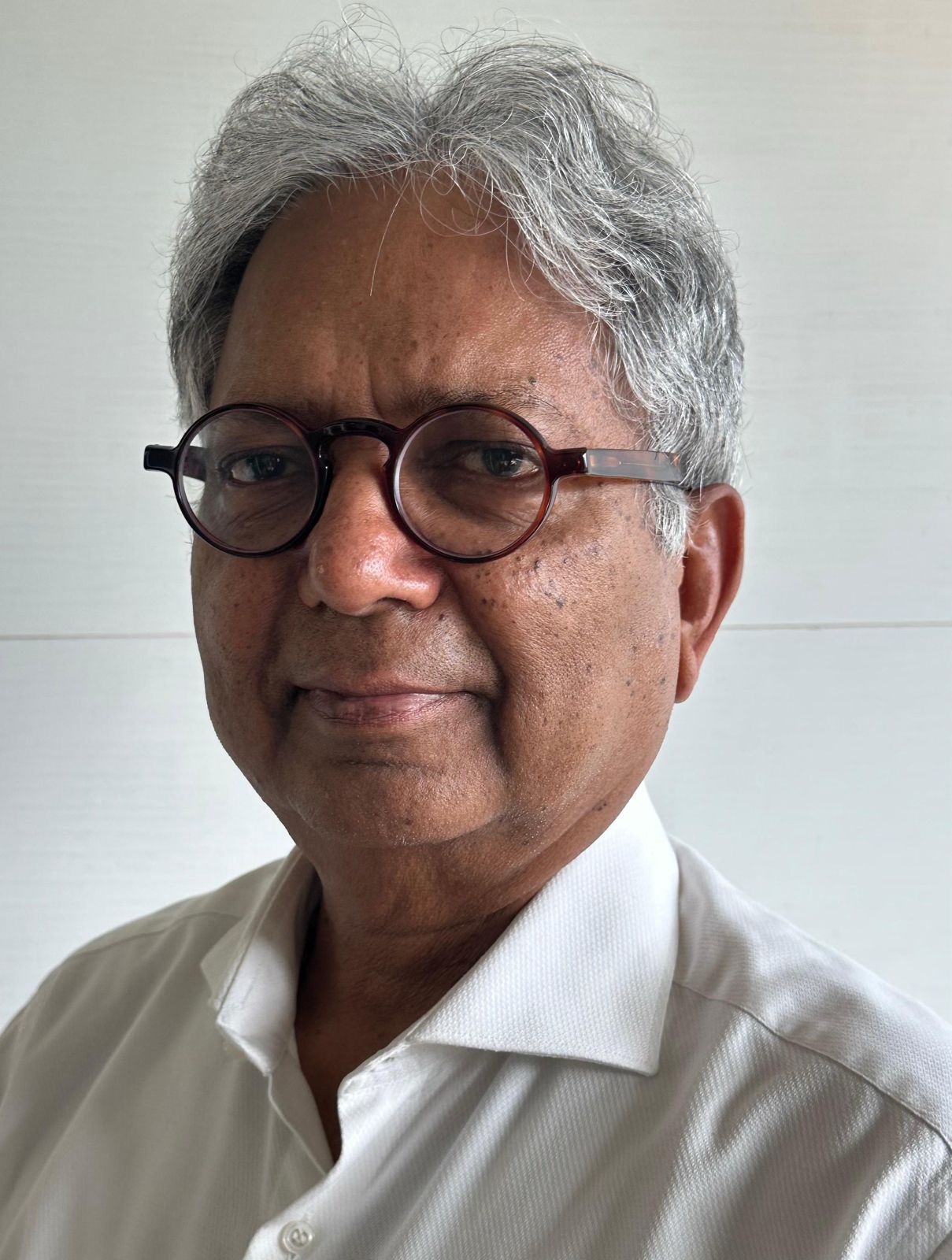
Dakshini Prayash

Kamal Prakash founded Dakshini Prayash along with Nalini Mukherjee 30 years ago, and has therefore been essential to the success of the school. His favourite thing about the school is its success in imparting the free but holistic and quality education model despite challenges and doubts about the school’s sustenance. The “purity of thought and action” has proven to people that less economically privileged individuals can still access the standard of education Dakshini Prayash provides.
Kamal sees himself as a “visionary” and constantly looking for ways for Dakshini Prayash to grow. Officially, he is one of the Executive Committee members and Chairman of Education. When asked about his favourite moment during his 30 years at Dakshini Prayash, he replied that although he didn’t have one in particular, when he’s with the staff and local people, he realises that he’s able to channel his effort into something worthwhile. For him, improving the lives of others is something that inspires him to approach each day with an open mindset.
As a visionary, Kamal works frequently with his wife and President of Dakshini Prayash, Anubhuti Prakash, as well as the teachers, staff and Senior and Junior Board. However, he adds that the school is always trying to expand its number of volunteers as it goes through its journey. He is hopeful that this will allow the school to benefit other members of society as it has helped current students and their families.
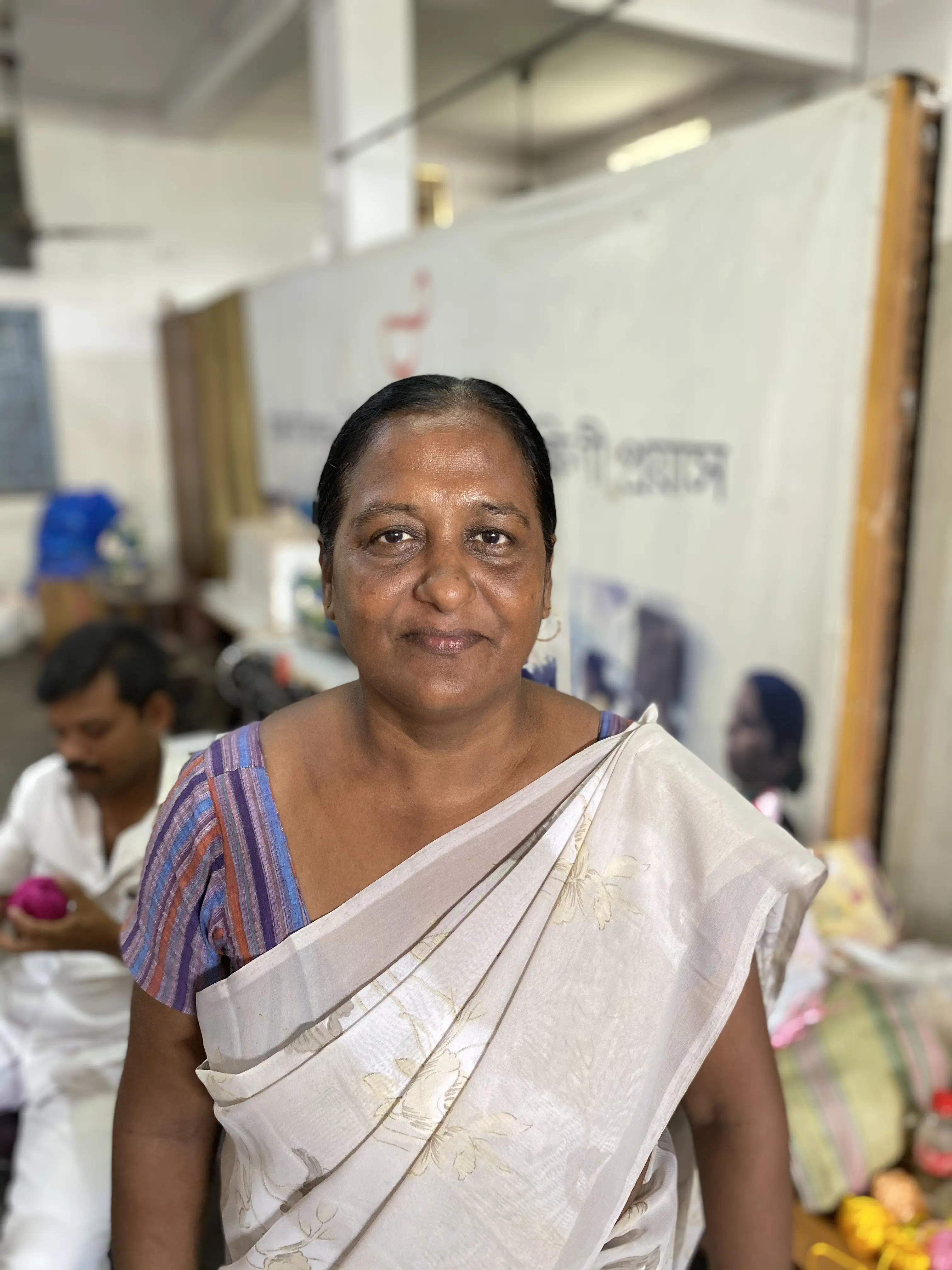
Dakshini Prayash

Nibha Mondal is in charge of the team responsible for sewing and embroidery at Dakshini Prayash. For a year, Nibha alone participated in this work until more people joined her department. She is incredibly proud of her daughter, Rishti Mondal, who is a student at Dakshini Prayash. Since Rishti joined Dakshini Prayash over a decade ago, Nibha has also been present, and plans to continue to do so for years to come. While she did not always have an official role within the school, she remained consistently involved in various school activities.
“This is my home,” Nibha said earnestly. “When I’m here, I don’t feel any sadness.” Like much of the community at Dakshini Prayash, the school is a sanctuary from the problems that she faces at home, and working here, she feels incredibly relaxed. When asked her favourite thing about Dakshini Prayash, “everything” was the immediate response. Nibha is always working to ensure Dakshini Prayash’s products are well-received and appreciated.
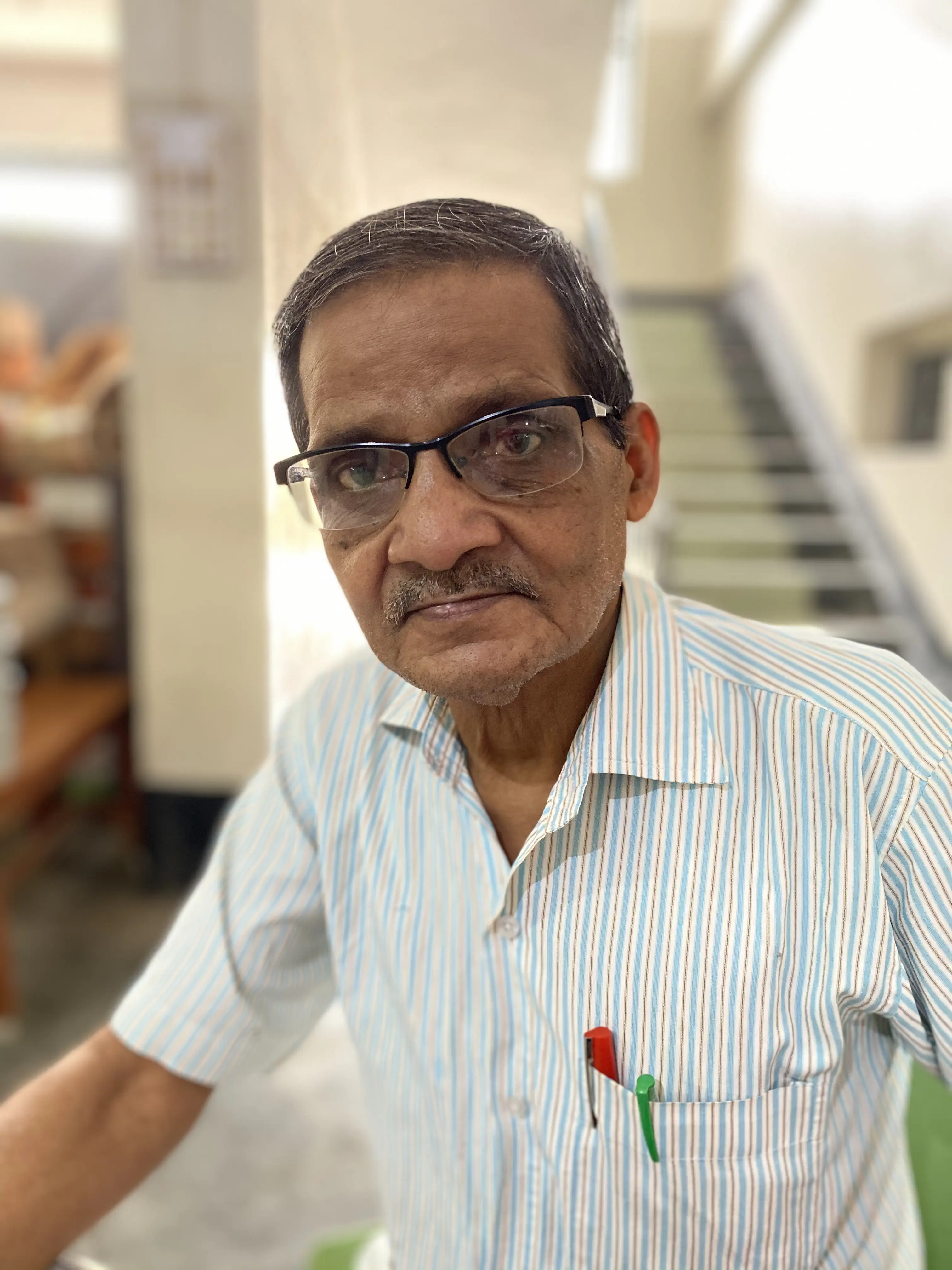
Dakshini Prayash

Sunil Sahoo is in charge of papercraft within Dakshini Prayash and has been a part of the community since 2003. Prior to his involvement, he was the personal driver for the school’s president, Anubhuti Prakash. Driving her to the school on a regular basis, he developed a strong interest in the papercraft section, and began to help out occasionally. Now, having retired as a driver, he is a full-time member of Dakshini Prayash.
Sunil started by learning how to make a newspaper bag without any formal training. Sunil’s experience demonstrates how within Dakshini Prayash, skills are passed along through training to ensure that anyone can join, as Sunil then taught others how to make what he had learnt. “I very, very much enjoy everything about the school,” Sunil remarked. “This is my family. My biggest wish is for Dakshini Prayash to succeed.”
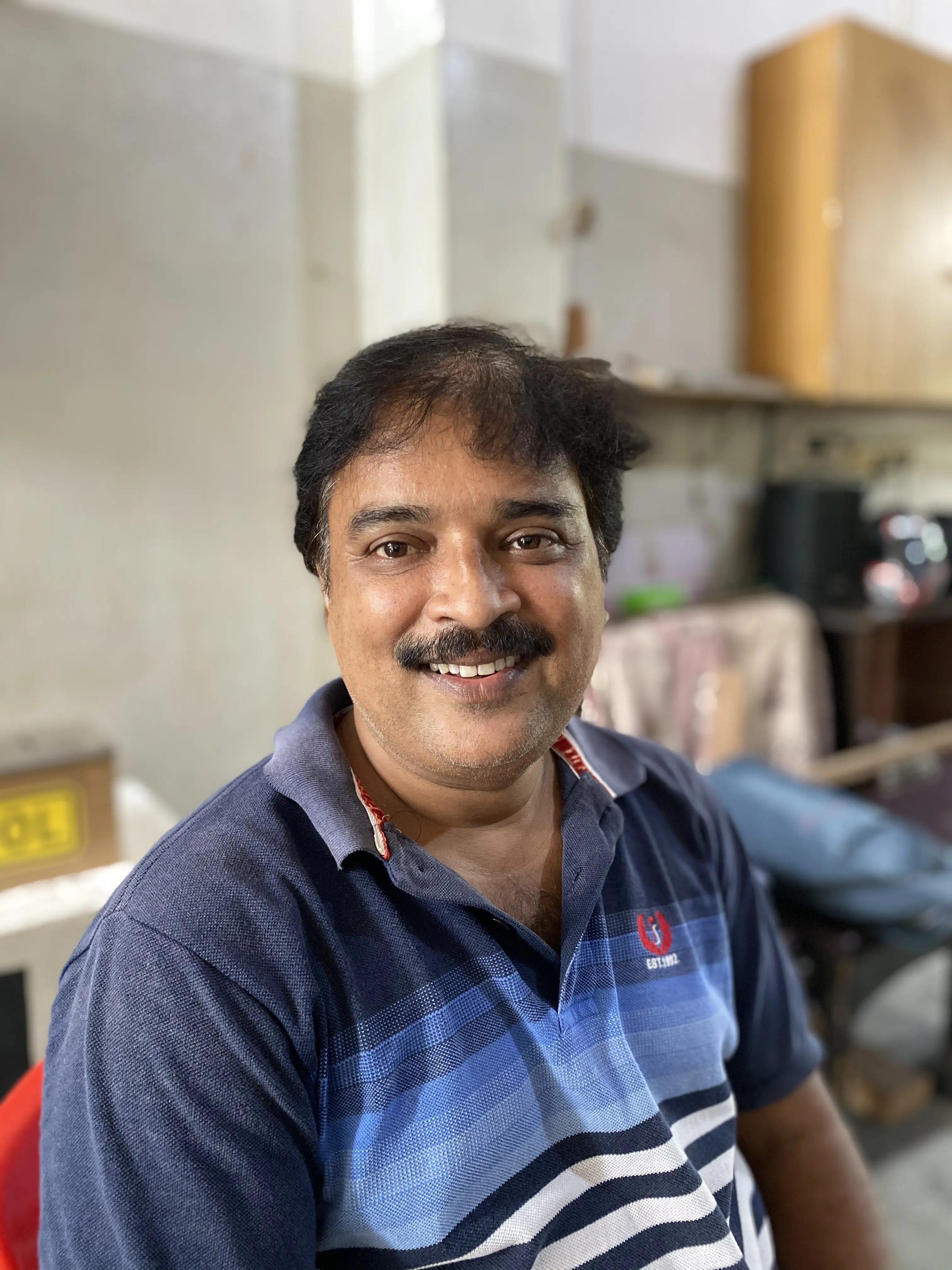
Dakshini Prayash

Soujan Mandal, who goes by the nickname “Raja”, has been with Dakshini Prayash since its beginning in 1993, joining at just 19 years of age. When he first joined, he was a teacher of Class 4 Maths and Class 6 and 7 History and Geography, but in the last 16 or 17 years, he has worked as an accountant within the organisation. Along with managing accounts, he also handles any additional miscellaneous tasks that need to be done.
Like many Dakshini Prayash members have mentioned, Raja declared that it’s his “family”. The founder, Nalini Mukherjee, was a particularly influential person for him, as she taught him “how to work in society” among other things. “The first time, I had no confidence and didn’t know if I could manage,” Raja remarked. “But she said that I could, and she would help me whenever I needed it.” This belief has helped him perform his duties with confidence and dedication for nearly two decades.
Raja’s fondest memory during his time with Dakshini Prayash so far dates back to 1993, when “there was no concrete structure; only mud walls”. The industrial shifts and advancements, however, have led to the school’s development into the Dakshini Prayash we know and love today. Now 48 years old, Raja is excited with what’s to come and diligently continues with his role as accountant.
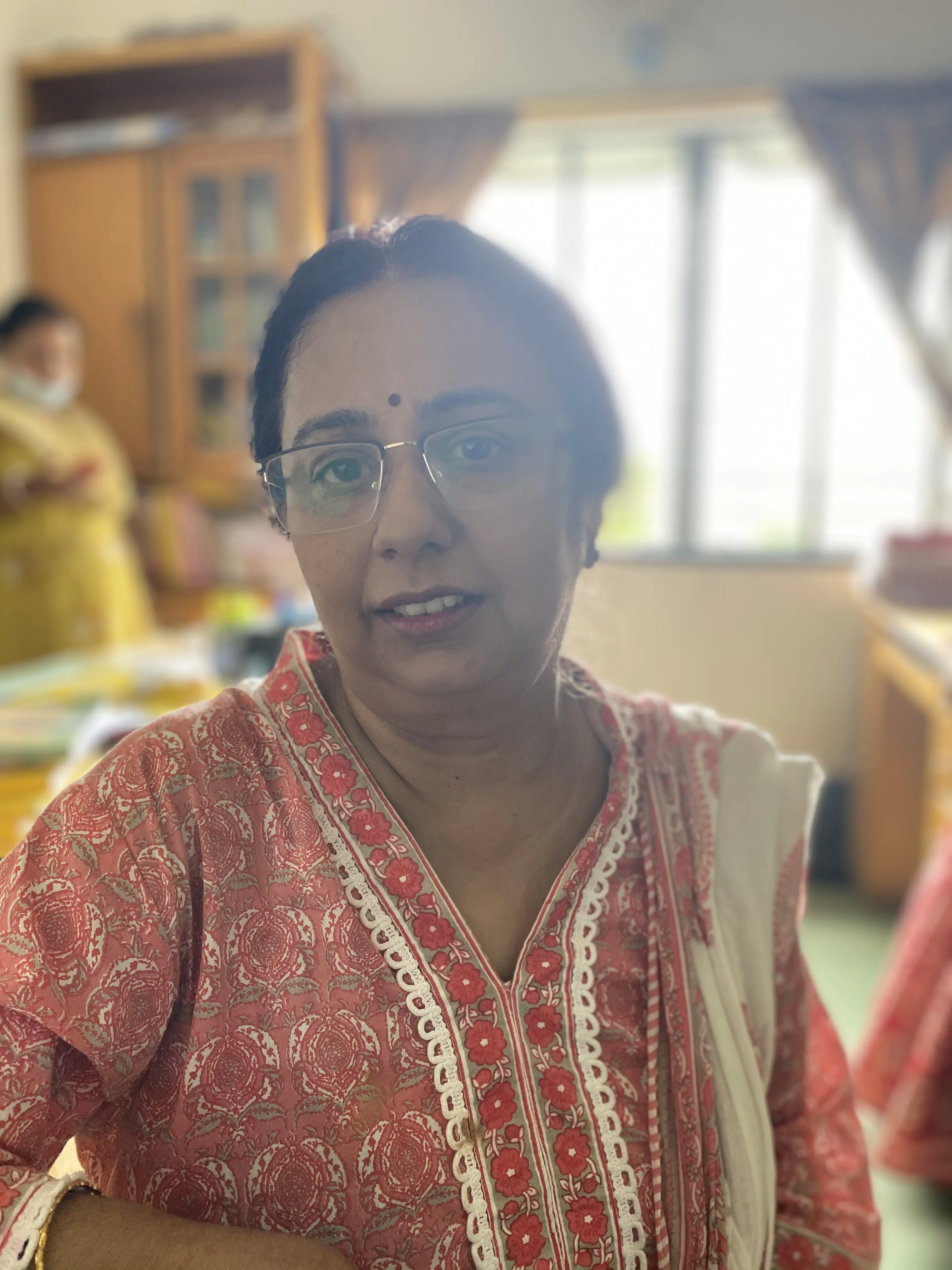
Dakshini Prayash

Chumki Chatterjee works at Dakshini Prayash as a teacher, teaching Class 4 and 5 Maths and Class 6 and 7 Science, and has been part of the school for 12 years. “Being with the students” is a big highlight of her experience, but she also mentioned that “the environment is wonderful”. “Everyone is so cooperative and nice,” she notes. “Everyone is always willing to help.”
For her, the best part about the Dakshini Prayash experience is how motivated the students are to attend school every day. Of course, there are some students that are regularly absent from classes, but the vast majority of students look forward to the lessons that come that day. “Just because someone is absent doesn’t mean they don’t want to come, though,” Chumki adds. “They may have problems at home.” The hunger for learning that the students have makes teaching a much easier job than expected for Chumki as it never fails to put a smile on her face either.
Chumki loves all the experiences that come with spending time at Dakshini Prayash, but she is especially fond of the extracurricular functions. “This is where we see students at our best”. Through art, dance and music, students are able to express themselves, and Chumki always feels proud when watching the students engage in these activities because “they perform so well”. However, she is sad to know that many parents don’t support the education their children are receiving, but school provides these students a shelter from the hardships they face at home.
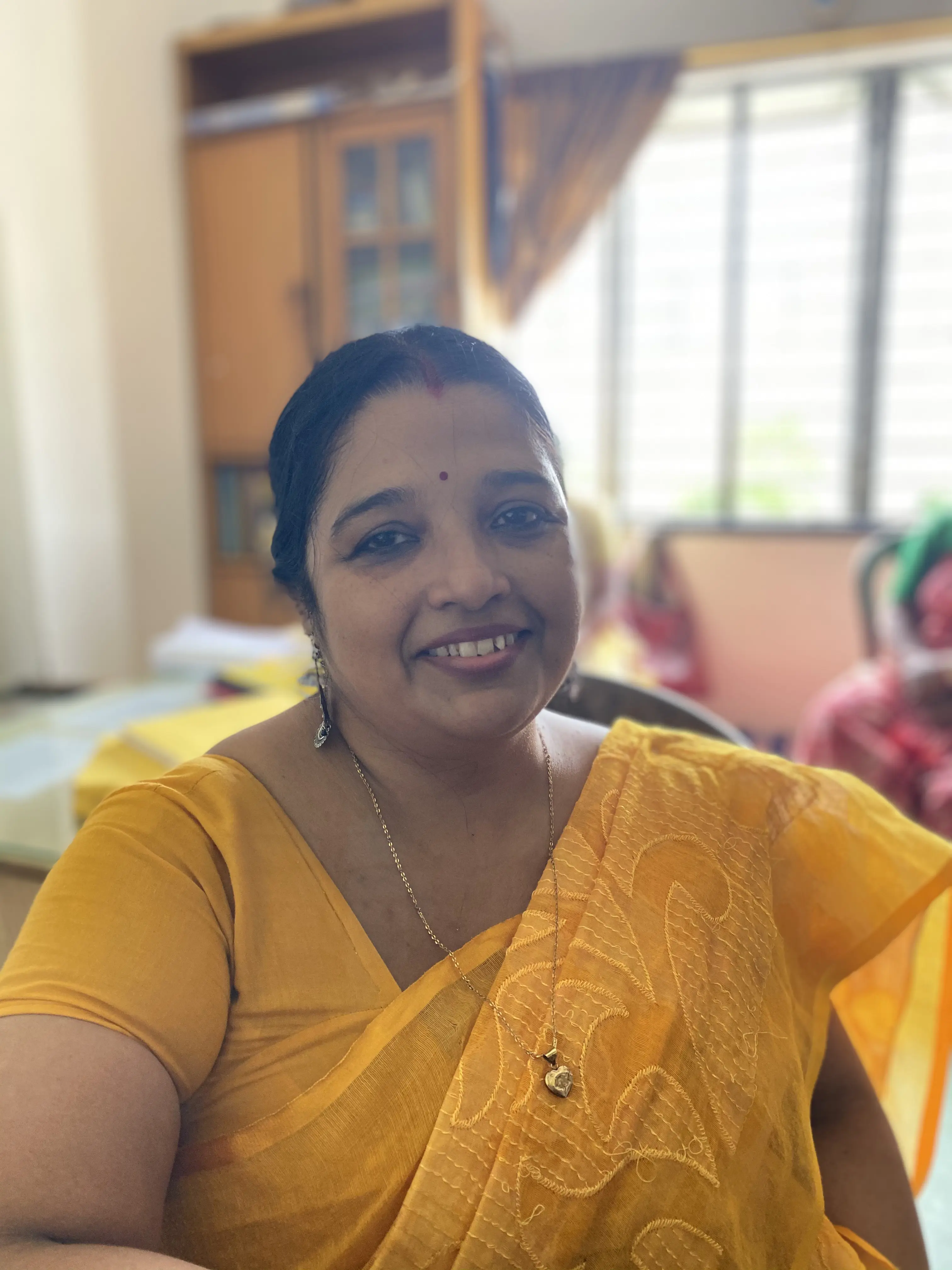
Dakshini Prayash

Jaya Duttagupta is a teacher of Class 5 Social Studies and Class 6, 7 and 8 History. She has been with Dakshini Prayash for 17 years now and “loves her school”. In particular, her favourite part is “teaching” as it allows her to build meaningful connections with the students. She is also close to the teaching staff who she describes as “very, very nice” and her “family”.
Jaya also immerses herself in the holistic Dakshini Prayash experience by helping run extracurricular activities, such as drama and recitation performances. These recitations are usually in Bengali, but occasionally, they happen in English, too. Although “all the days are memorable”, one thing Jaya reflects on is how the school supports her when she’s ill. “I feel very much supported,” Jaya says. “When I return to school, all the students give me something, and say that they missed me very much. That’s very special to me.” These gifts include personalised cards, demonstrating the strong bond present between Jaya and her students. “Dakshini Prayash is a very beautiful place. It’s a place of happiness.”

Dakshini Prayash

Jyotsana Nag first joined Dakshini Prayash when she was just 3 years old as a student. She studied at the school from Nursery up until Class 8, before leaving to pursue her higher studies, obtaining an M.A. in Bengali in Kolkata. After completing her post-graduate studies, she returned to Dakshini Prayash to teach. Now, at age 30, she’s been a Bengali teacher of Class 6,7 and 8 for 6 years, and for 4 of those years, she also taught Class 5. She had to drop Class 5 because she got married and had a child, increasing her family responsibilities and reducing the time she had available.
Jyotsana came back to Dakshini Prayash because she was “attached” to the school. “I liked the style of teaching here, and wanted to give back to the community that had helped me,” she says. Her favourite subject at school was Bengali, as she has always “loved the grammar” and is inherently talented in the subject with reading, writing and expressing her ideas. She writes articles for many programmes within the community as well.
Jyotsana’s favourite memory of Dakshini Prayash is of the annual Sports Days that took place before the COVID-19 pandemic. She also loved “running plays” and “drama performances onstage” for the school. She deeply values the activities beyond the classroom that highlights the mission of a holistic education that Dakshini Prayash strives to give their students. “What Dakshini Prayash has given me…I’m deeply indebted to it,” Jyotsana mentions. And she ends with “I’m glad my parents are proud of me, too.”
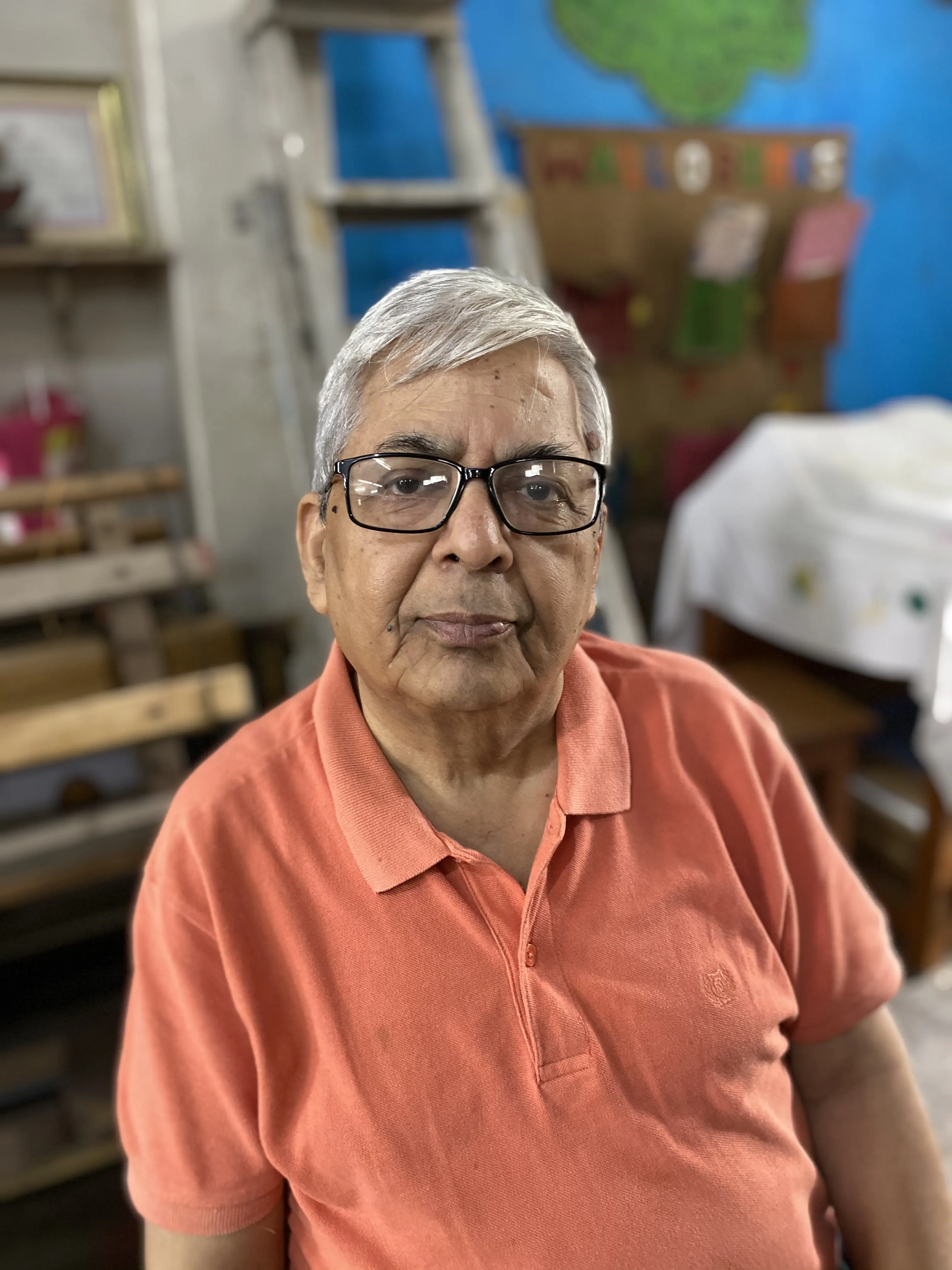
Dakshini Prayash

Currently 70 years old, Raj Bajoria has been Treasurer of Dakshini Prayash for over 15 years. He is extremely fond of the school for its provision of a holistic education, healthcare and self-reliance to the underprivileged section of society which, for him, is one of the “greatest sources of fulfillment”.
As Treasurer, Raj is responsible for all of the institution’s financial matters. This includes coordinating and arranging donations and deciding how to best utilise the funds of the institution in the interest of uplifting the children. He described the children to be “very lovable” and “intelligent”, increasing his overall commitment to the cause.
Raj would love to be a part of this institution for as long as he is able. “It will be a great honour and privilege for me to continue doing such philanthropic work,” he adds. The staff are also a pleasure to work with, making his work environment all the better. He’s been here for 15 years, and plans on another 15 as it keeps him in good health. Raj hopes that more young people, across the globe, stay well-connected and associated with Dakshini Prayash, and try their best to effect positive change for the children.
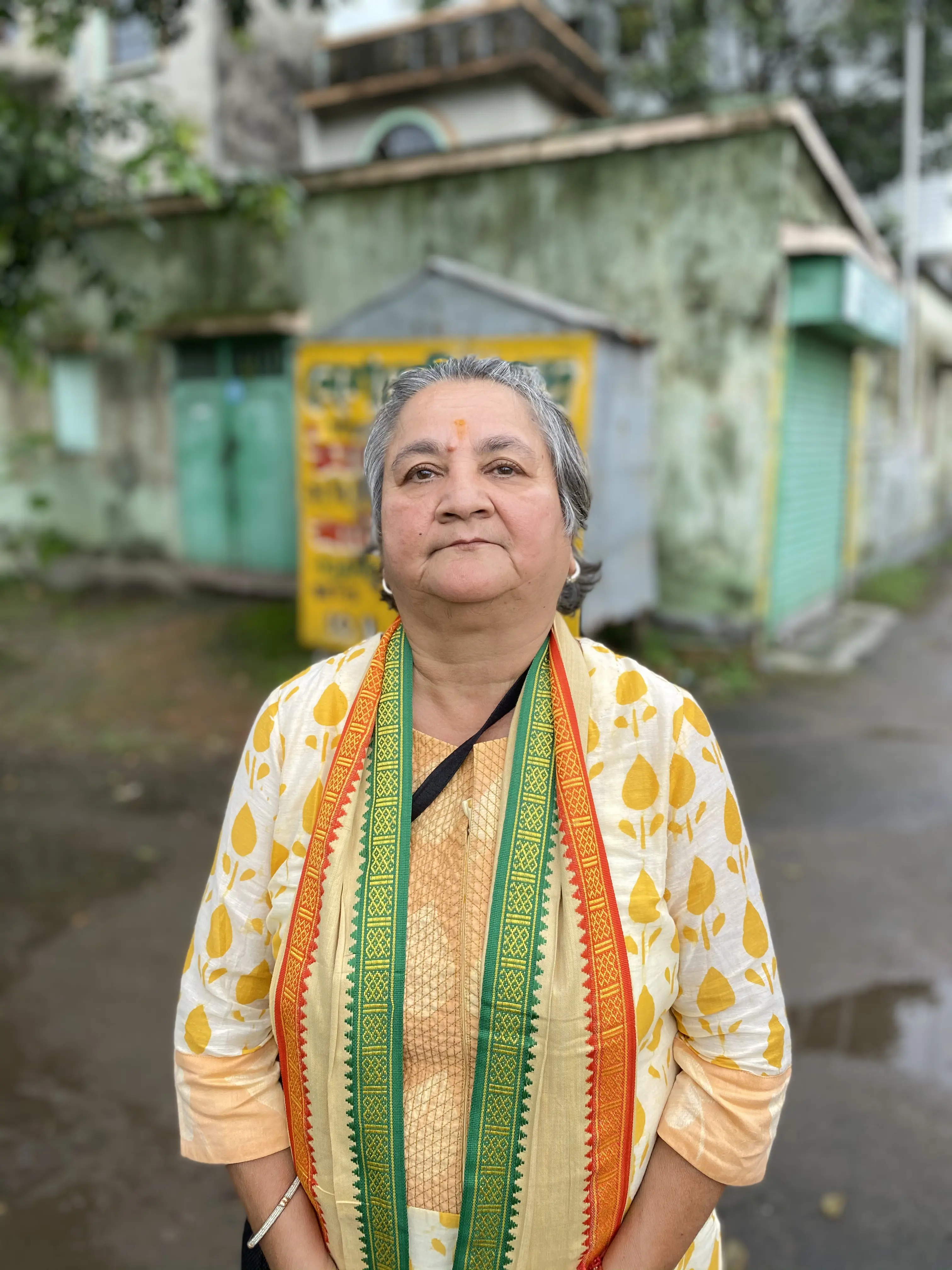
Dakshini Prayash

Sarita Chhawchharia is a past President of Inner Wheel Club of Calcutta Mahanagar, and she has been coming to Dakshini Prayash for over 20 years. Her club used to come for “eye and general health check-ups” and give the children medicine if needed. It is now a “ritual” for her and her colleagues to come to the school on Independence Day, to run the flag hoisting ceremony and to “give goodie bags for the children to enjoy”. During the COVID-19 pandemic, however, this annual visit was unable to take place, and they have just managed to resume it.
When Sarita became a member of the club in 2005, she began visiting Dakshini Prayash regularly. For Sarita, her favourite part about Dakshini Prayash is that “they are not only very friendly to the children but also help the parents”. She is incredibly grateful for the self-reliance programme that allows parents to become financially independent, as well as give their children a good education. “I was born and brought up in Bengal, so I love speaking Bengali with the wonderful children here,” she added. She believes in paying it forward, especially with knowledge, so that families can support each other and flourish.

Dakshini Prayash

Bibek Maity is one of Dakshini Prayash’s youngest staff members at the age of 21. Bibek was originally a sponsor student who, after completing his studies, returned to work at the school. He completed the vast majority of his studies at Dakshini Prayash, from nursery all the way to Class 8. While he was a student at this school, Bibek recalls that he loved all his classes but was particularly strong in Geography. In his spare time, Bibek’s clear passion was football, and he would spend hours competing with other students in the field just outside the main school in school-organised competitions.
Since Dakshini Prayash only offers schooling up until Class 8, Bibek received support in transferring to a government school for the next two years and finished 11th and 12th at a semi-government school. After completing his college education, he began his work at Dakshini Prayash, and he is now responsible for sales records and customer handling. He hopes to be able to pay it forward by sponsoring another underprivileged student and to give them the same resources he received.
For Bibek, what excites him most about the school is the environment, as both the staff and students alike are very warm and respectful. While he is not always in the work mindset, spending time at the school doesn’t seem like work as his interactions with all of the community’s members are friendly. Because of Bibek’s age and therefore work inexperience, the Dakshini Prayash community remains very patient towards him! Coming back to the school is a familiar sight as many of his former teachers, such as Anubhuti Prakash—who taught him Hindi from Class 6-8—continue to work there. Dakshini Prayash has become an integral, irremovable part of Bibek’s life through the financial and emotional support it has given him since his first days at the school as a young boy, and the connections he has built with so many of its members are sure to stay with him for the rest of his life as he continues to pay it forward.
.jpeg)
Dakshini Prayash

Dakshini Prayash’s community is expansive and diverse, allowing both younger and older people to contribute to its success. One person who exemplifies this is Kabir Ajitsaria who, at just 16 years of age, is the school’s youngest donor. Kabir, who is currently in Class 11, has been donating money to the school since Class 4. His parents initially raised the idea during his birthday party as they suggested that rather than receiving the same gifts every year, he should ask for donations from his friends to then put to good use for the underprivileged community in Dakshini Prayash. This evolved into an annual tradition of donating birthday money to the school. As time went on and Kabir got older, he began to greatly appreciate the extent of his impact on the community and consequently became more and more involved.
Kabir recalls that one year, they raised enough money to buy a TV for the school, evidence of how he has decided to use his position of privilege to purchase useful learning materials for the community. When asked why Kabir chose to donate to Dakshini Prayash, he replied that as Anubhuti Prakash, the school’s president, is his great aunt, it was much easier to direct the funds and immerse himself in the cause. Kabir also added that Dakshini Prayash’s mission is something that resonates strongly with him, which is a key reason why he plans to continue his annual donations. “It’s unfair that socioeconomic inequalities should stand in the way of merit and hard work,” he firmly states. “Dakshini Prayash’s mission addresses that perfectly.”
During the summer of 2023, Kabir travelled to India for 2 weeks to interact directly with the students and lead them through a project for Founders’ Day. This year, the theme revolved around energy and sustainability, so Kabir suggested a large collage made up of four panels to be displayed at the entrance of the school, with each panel representing a different energy source (hydroelectric, wind, solar and biogas). Kabir suggested that the collage be made up of old newspaper cuttings to exemplify the theme, and he helped guide the students through the drawing and assembly of the collage. Although initially “shy and overwhelmed” to come to the school when he was younger, returning to the school for the project was a great experience for Kabir. “Coming back now as a teenager, I realise that those donations made a much bigger impact than I previously thought. It’s a great feeling to know you’re making a difference.”
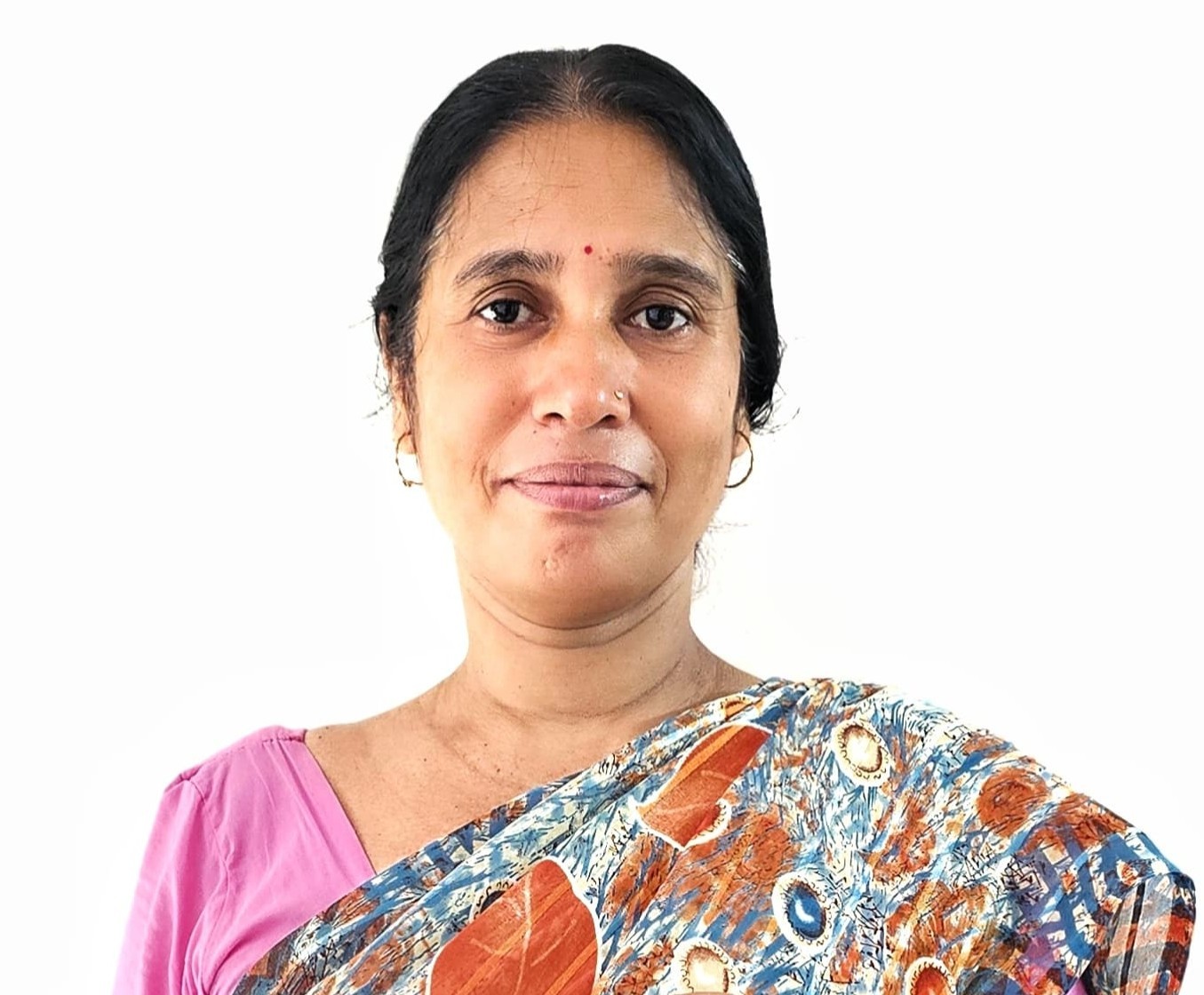
Dakshini Prayash

Putul Mondal is a member of Dakshini Prayash’s self-reliance team, and is deeply involved in the designing and production of the school’s paper bags and envelopes using a technique known as block printing. Putul used to come to Dakshini Prayash with her son, and upon arriving, she noticed others engaged in handicraft production, and was immediately intrigued. She wanted to learn how to make all of these crafts and be a part of the community, and Dakshini Prayash’s staff was happy to train her so she could join their team. Since she was not working before, Dakshini Prayash has empowered her and allowed her to find employment in a school with a great working environment.
For Putul, it’s been 5 years since she’s been working in the self-reliance team, although she’s been familiar with the organisation for much longer than that due to coming to the school with her son every day. Even though she’s not a student, Putul has been able to keep learning during her time here—something she is very grateful for—and for the foreseeable future she plans to continue working in the organisation.

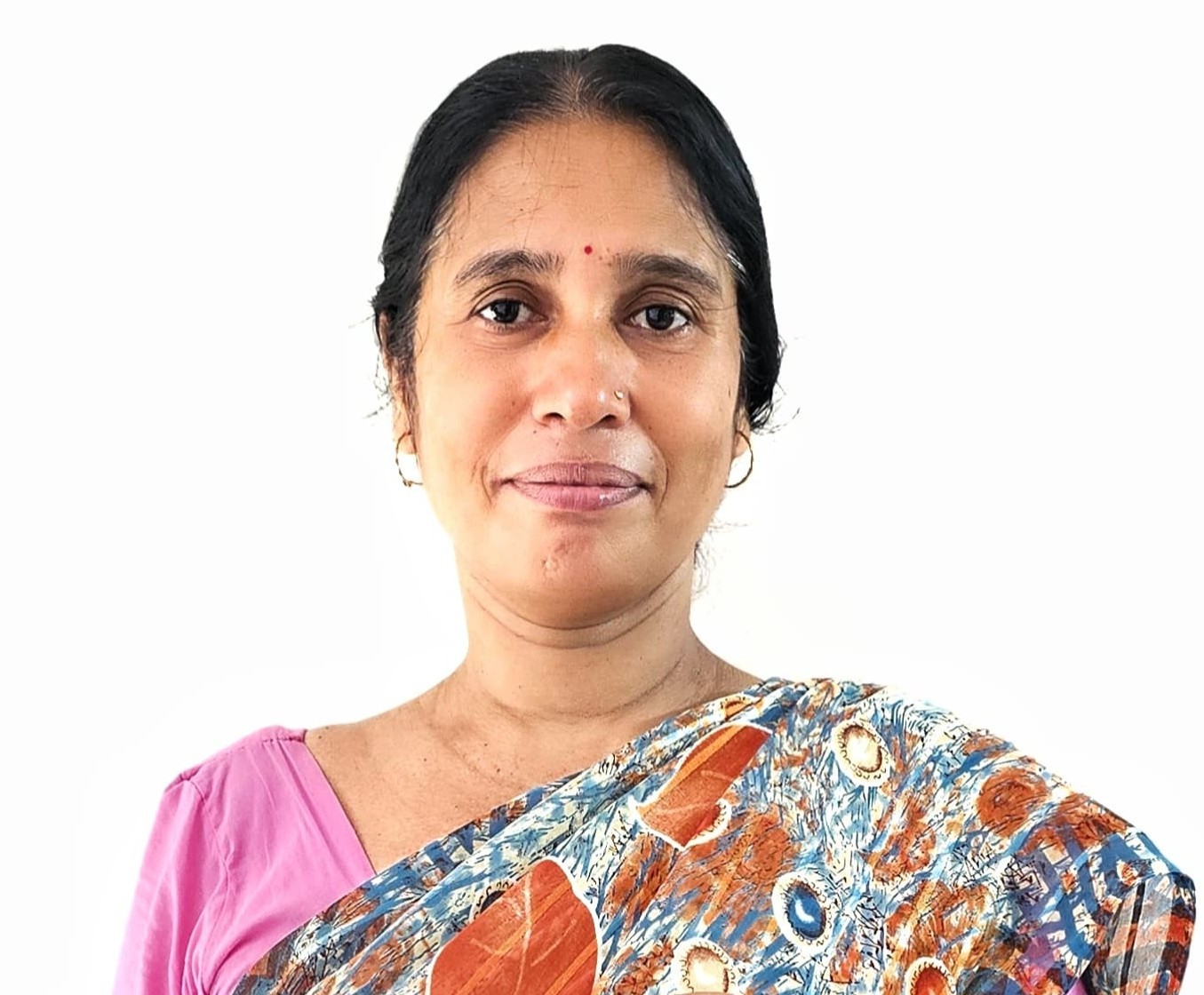
.jpeg)
.jpg)


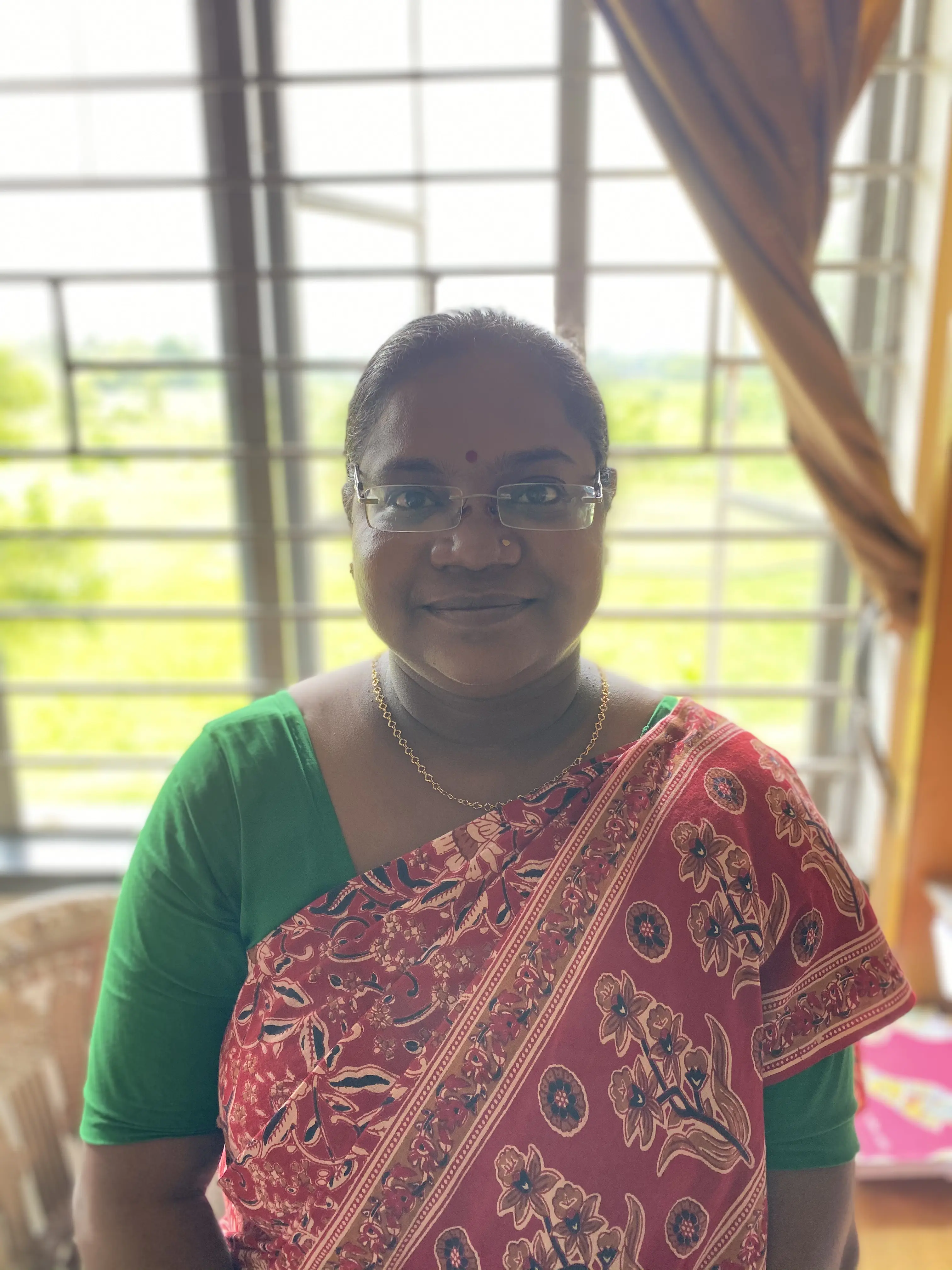
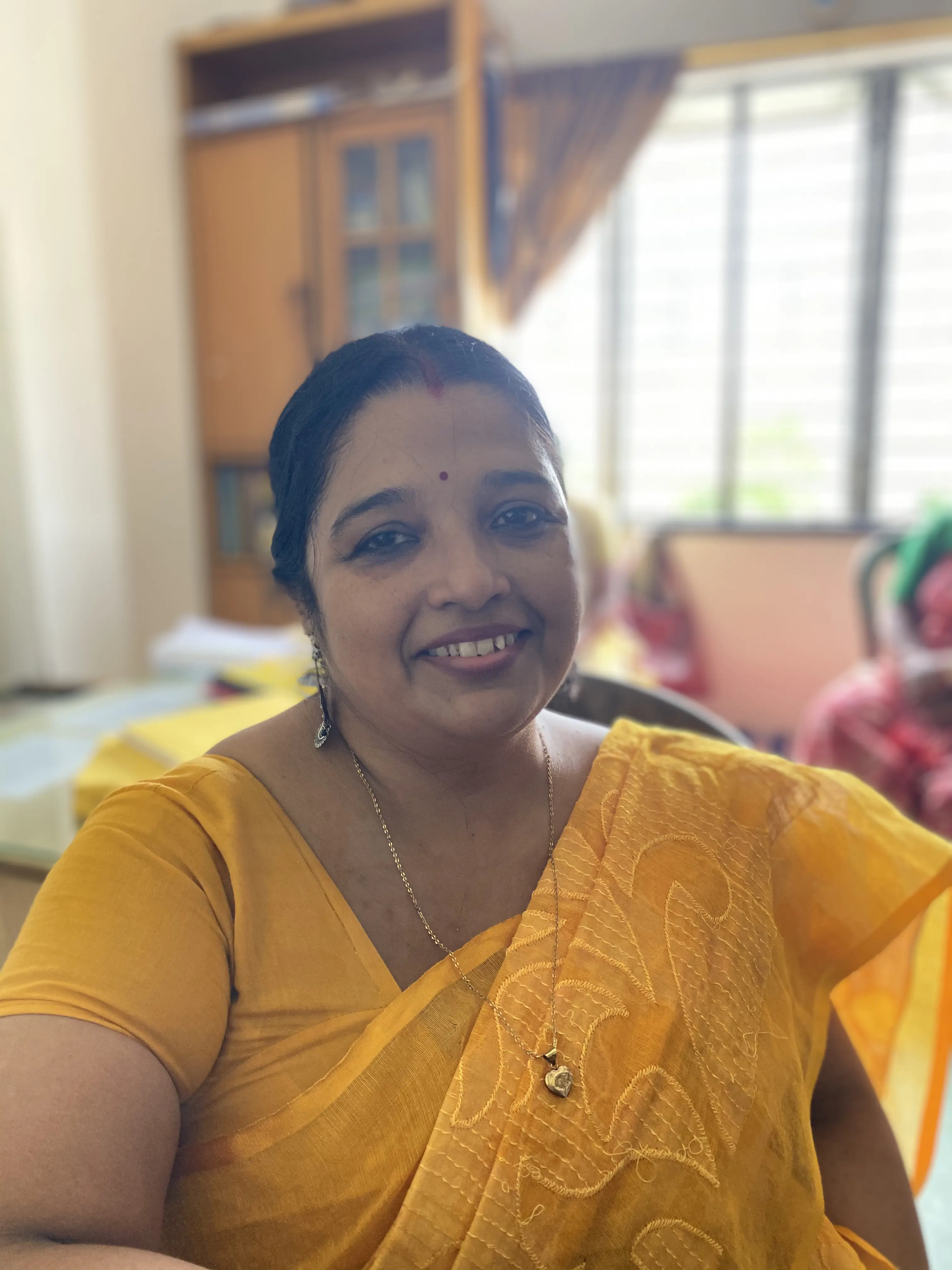
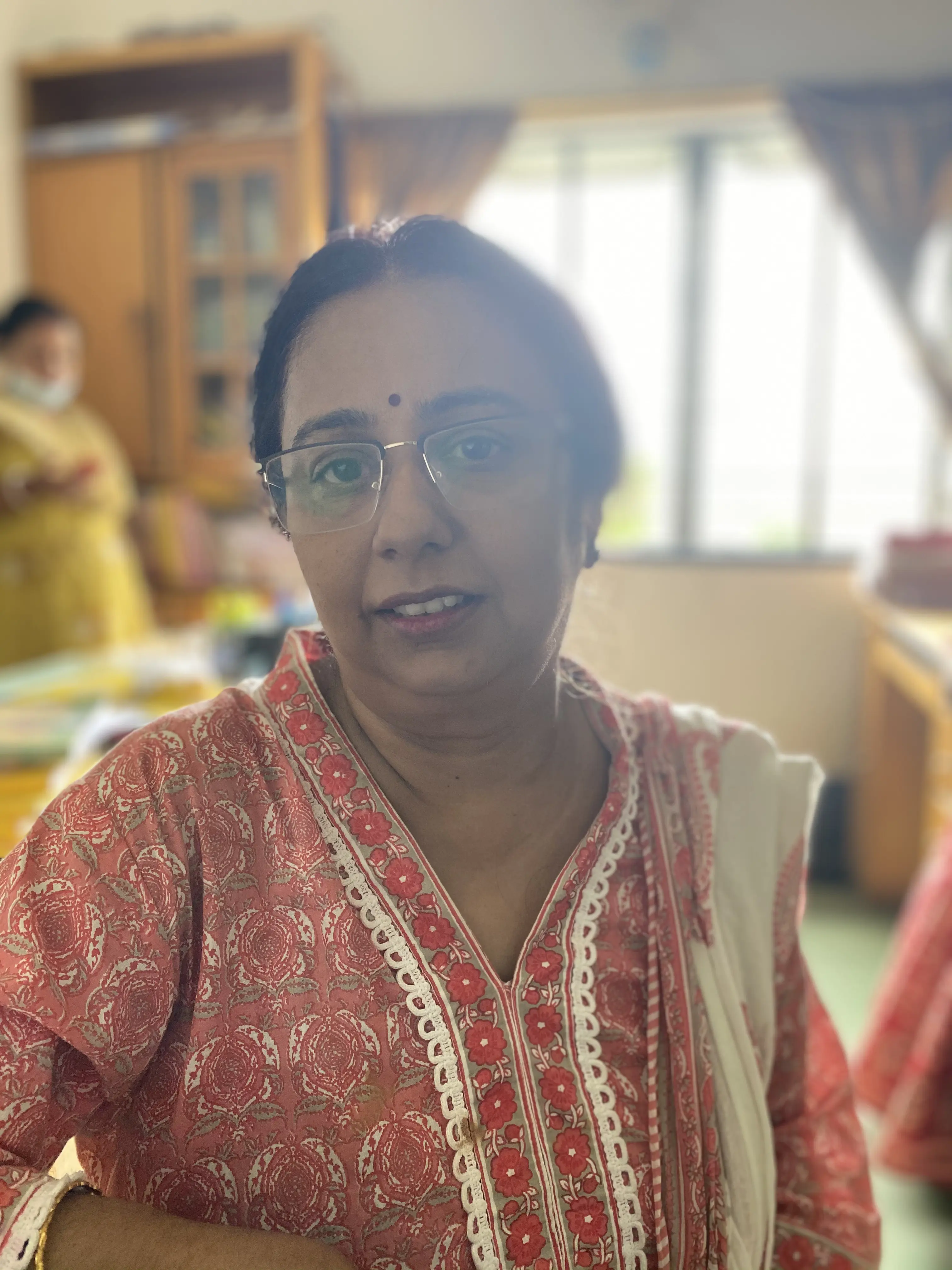
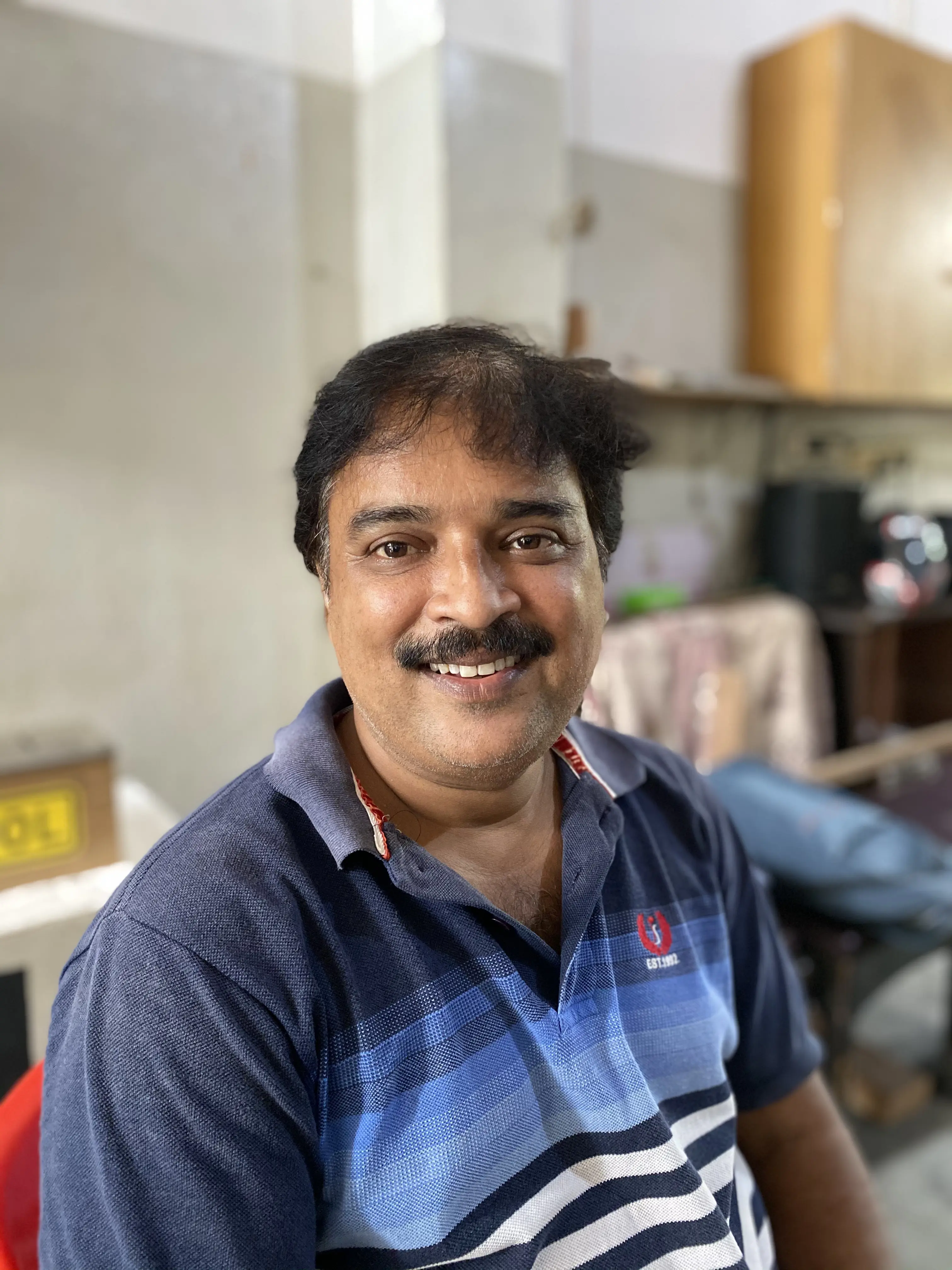
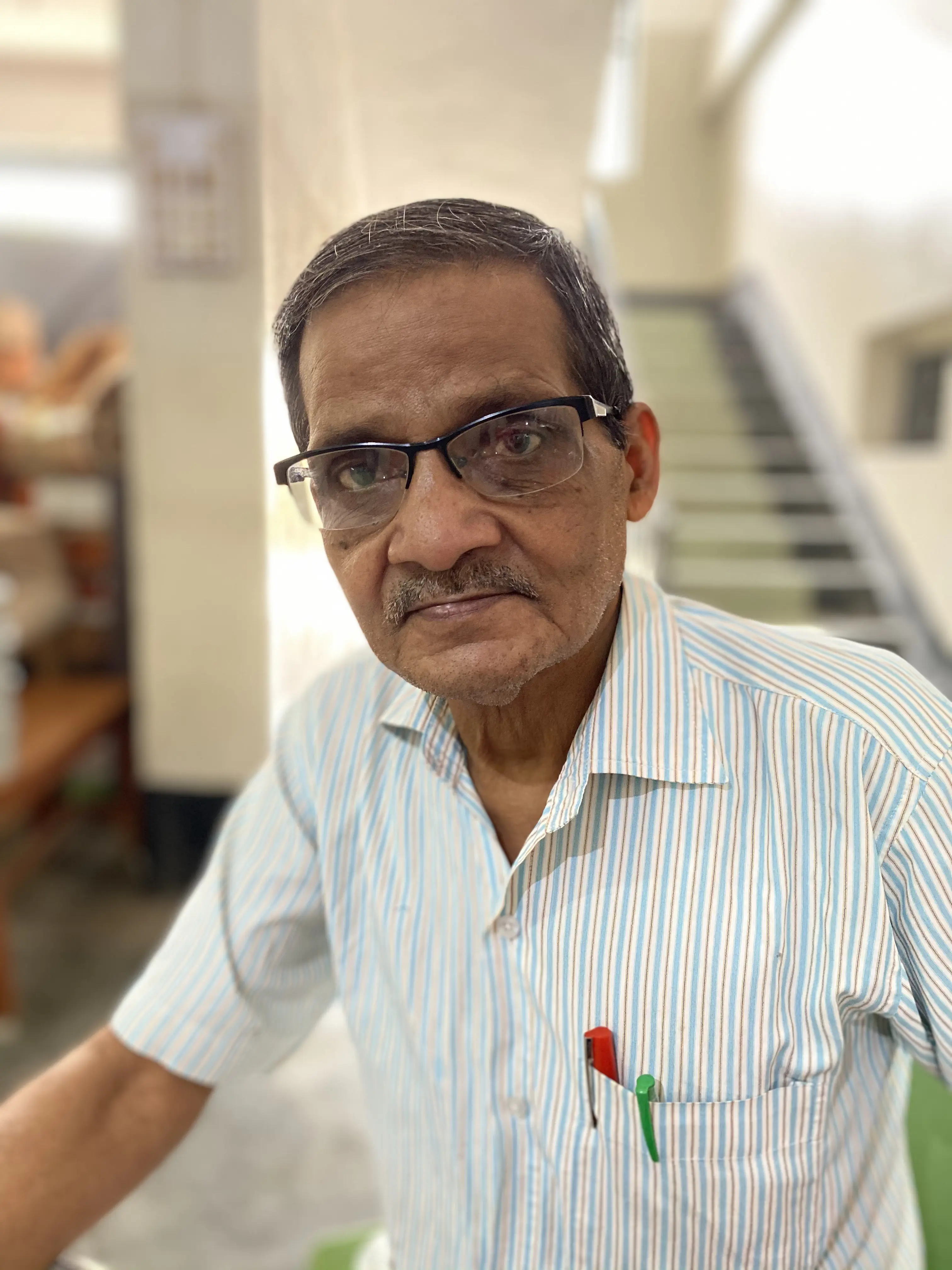

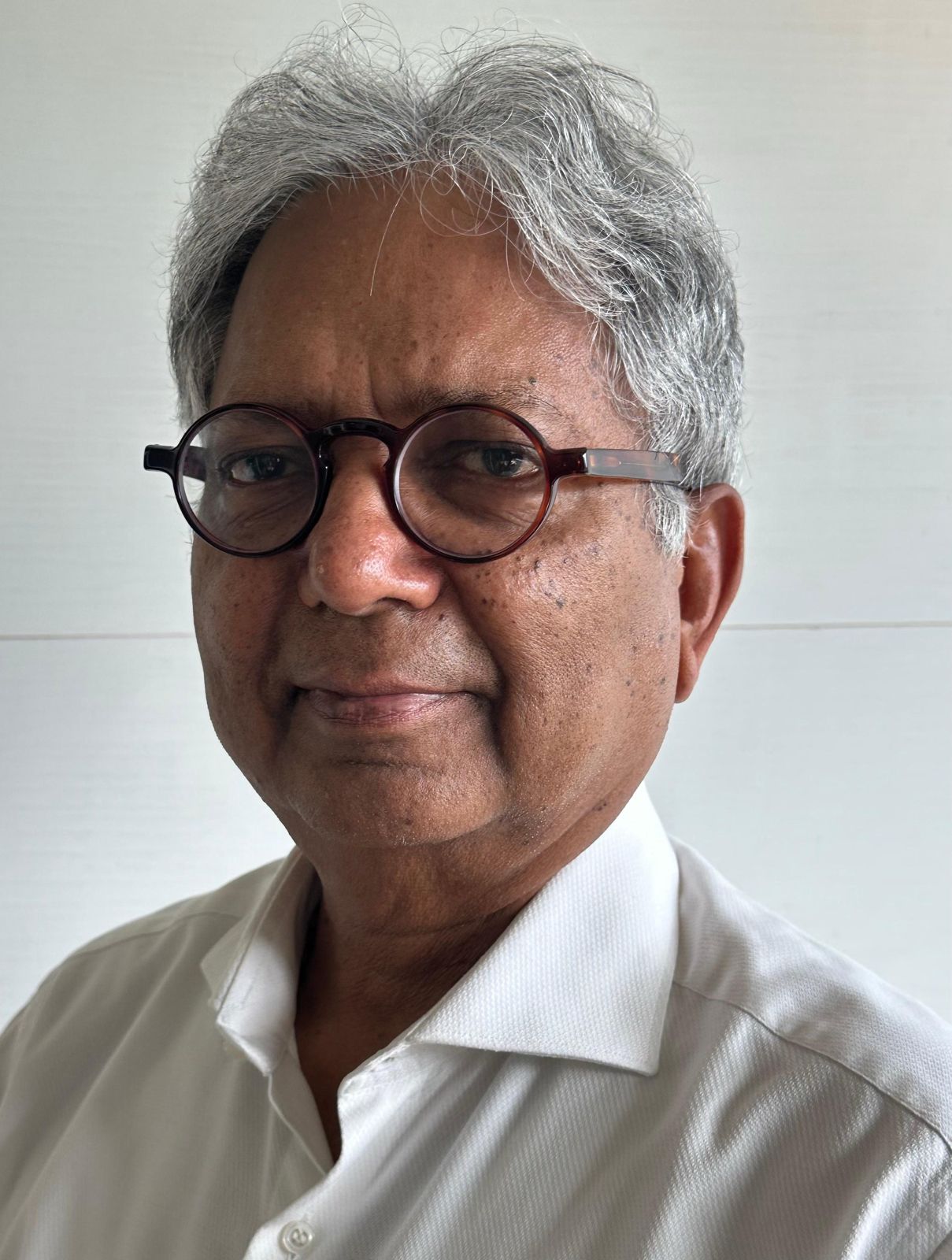
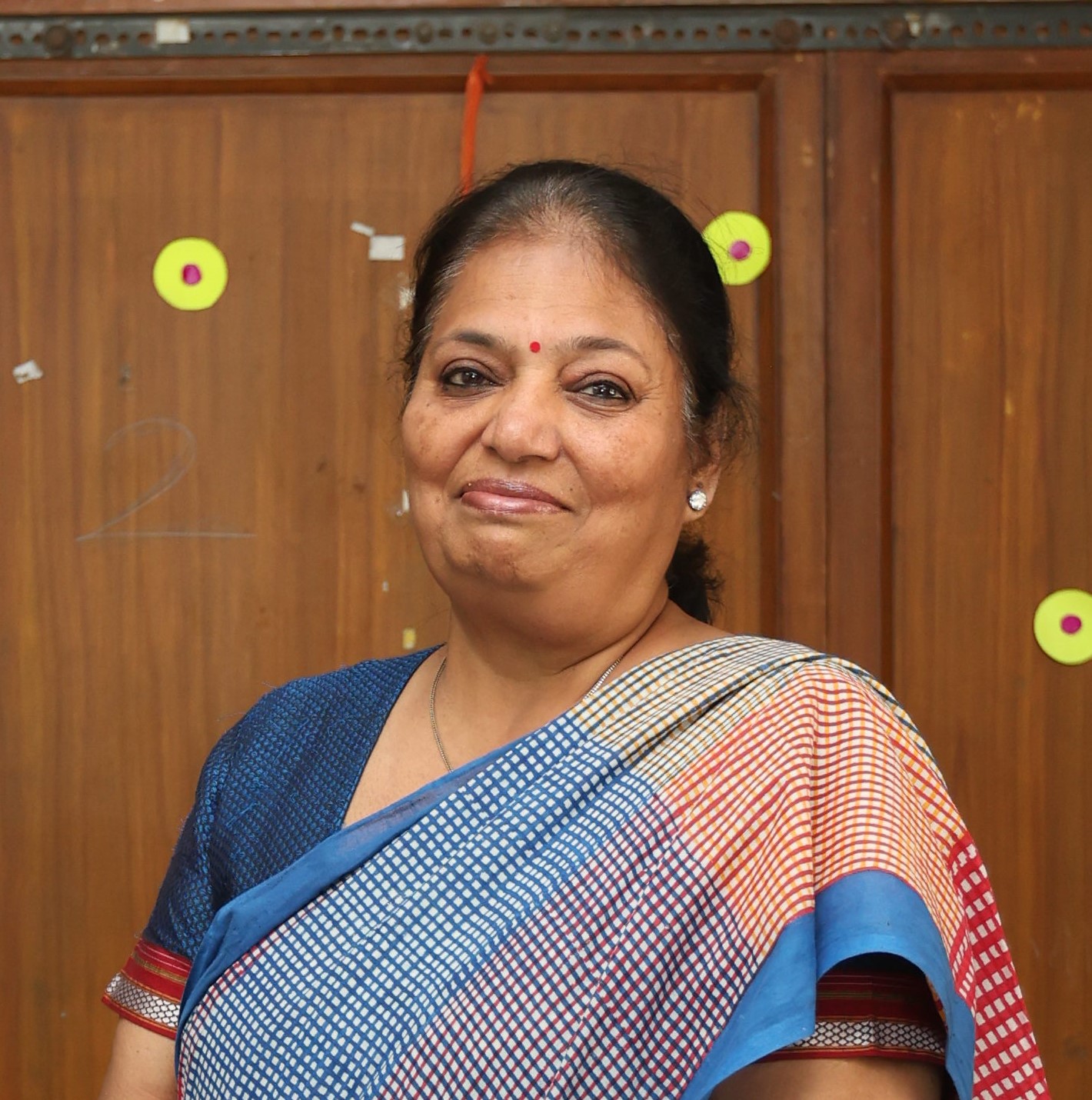
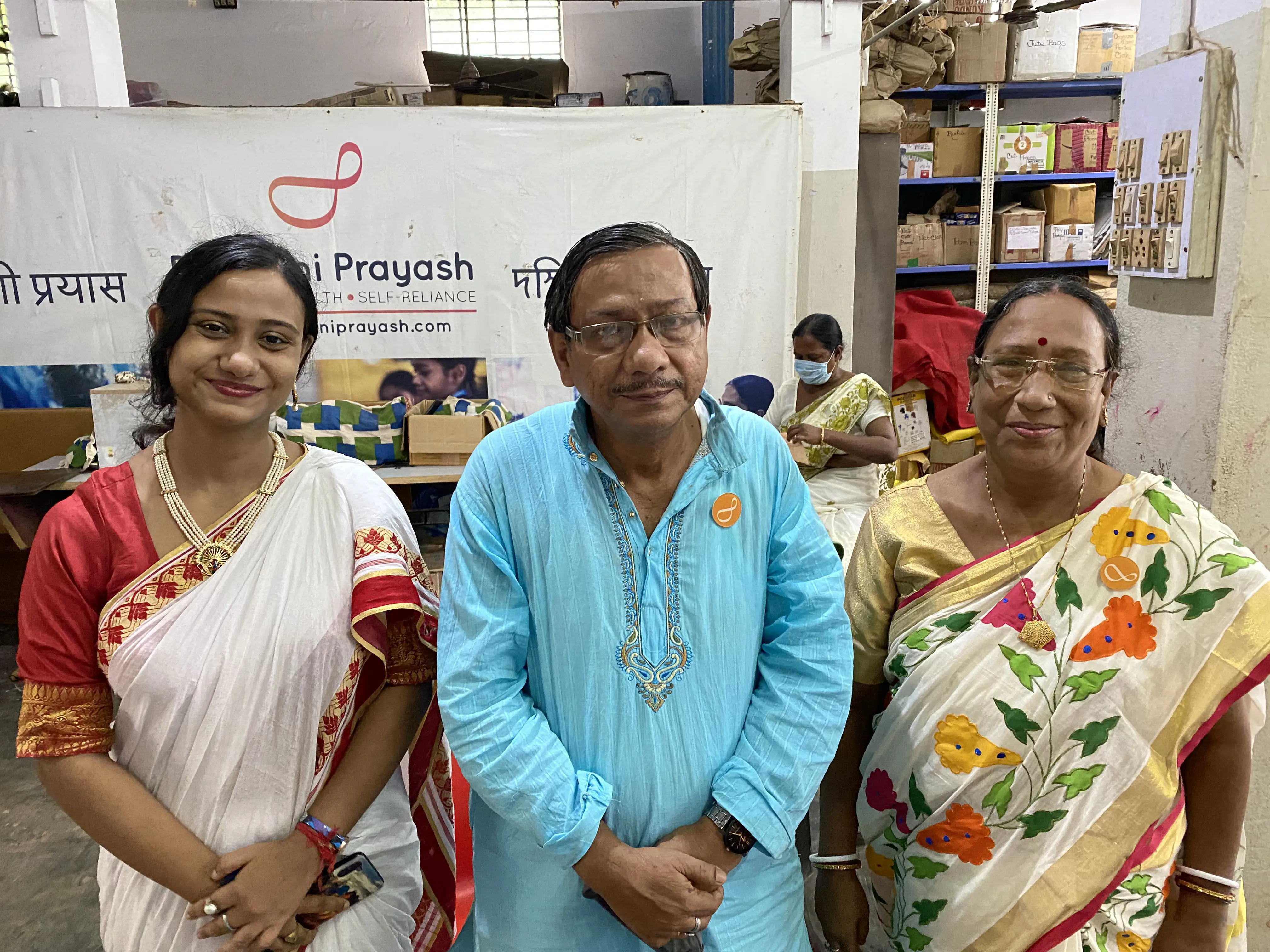
.webp)
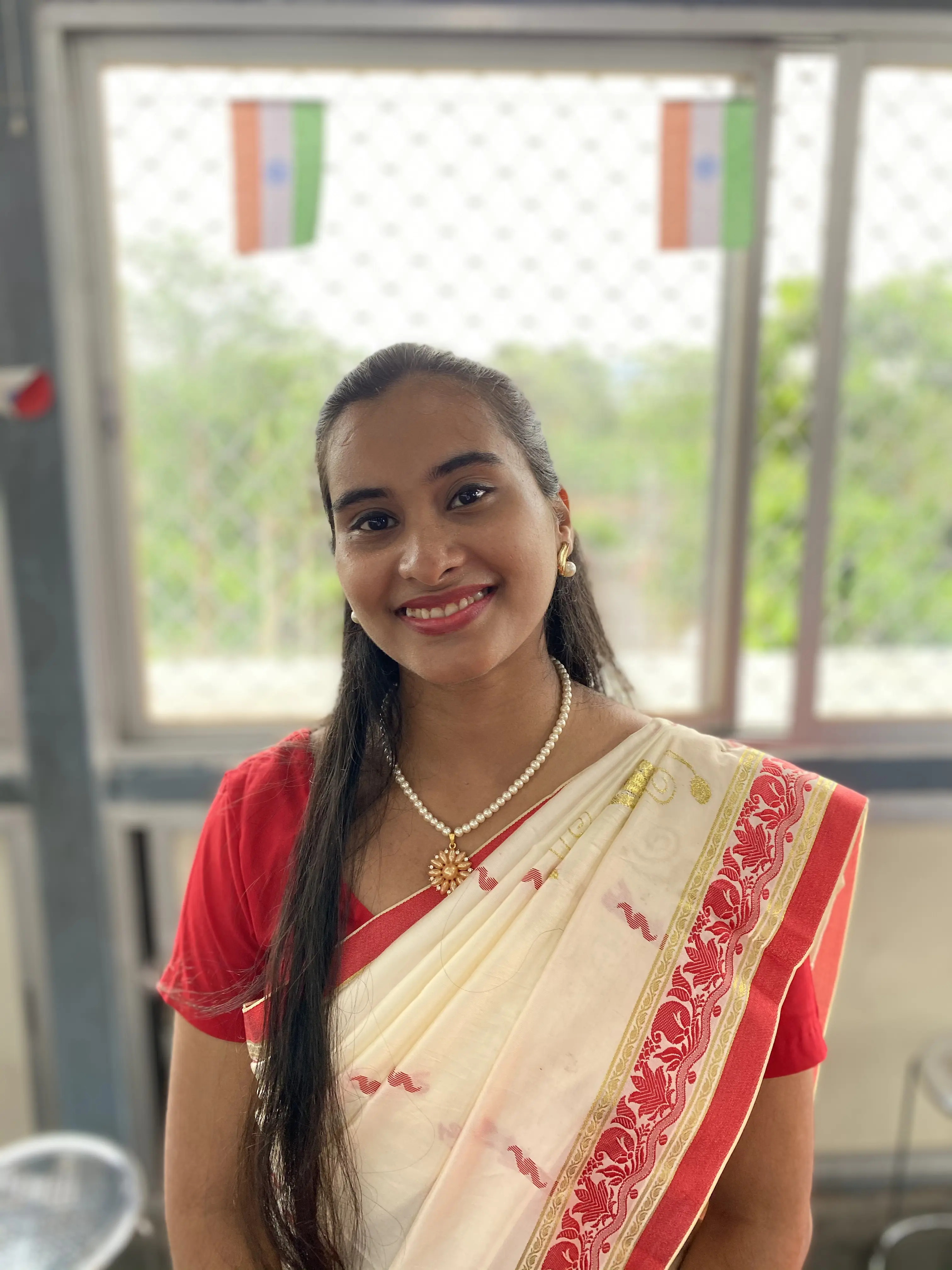
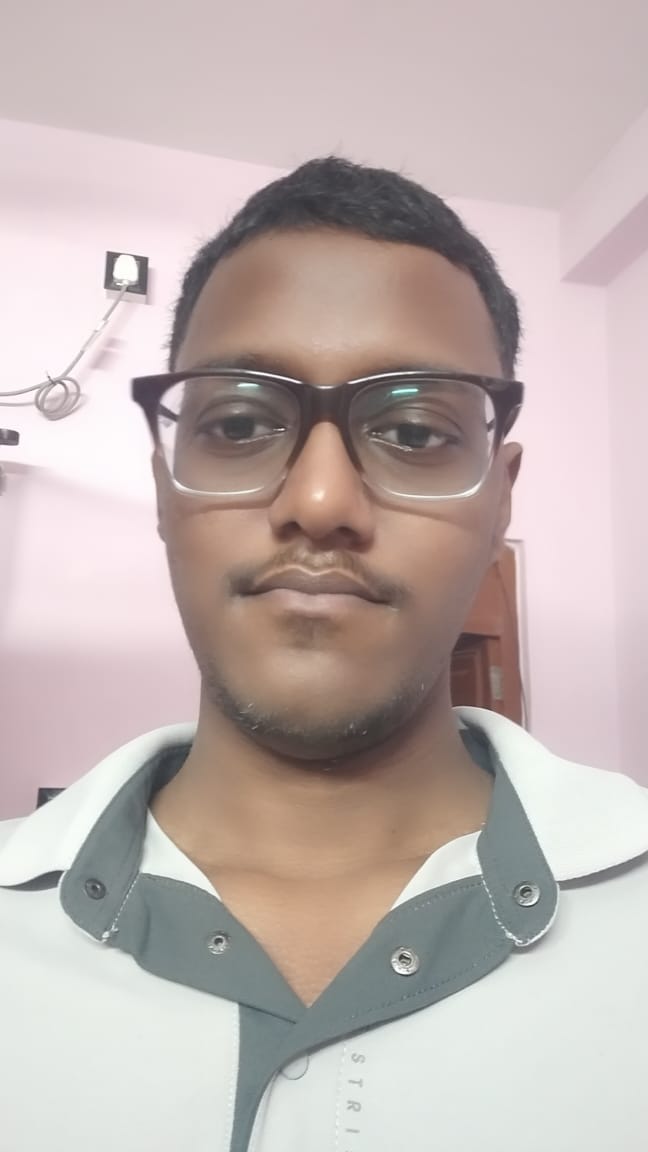
.webp)
